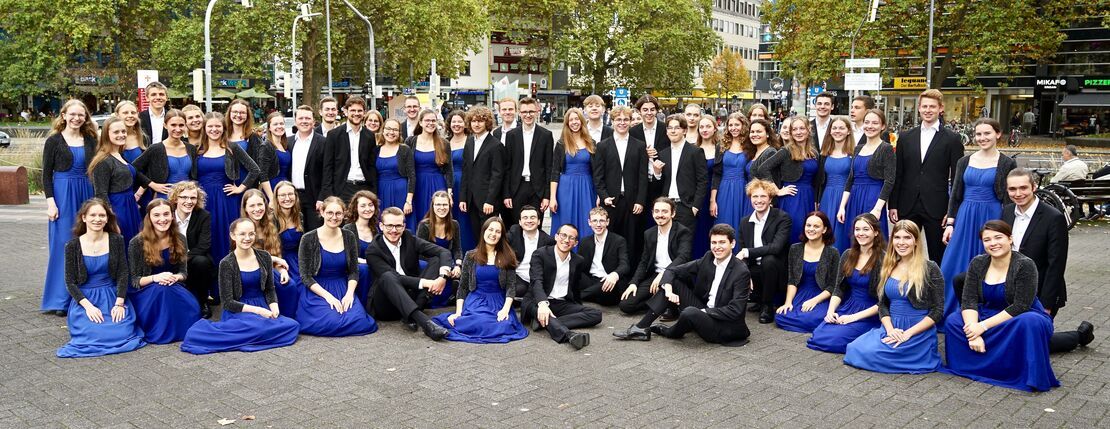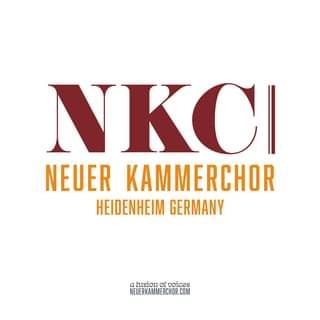
Neuer Kammerchor around the World
vakantio.de/neuerkammerchorgoesbrazil
Mexico Day 5 - off to Querétaro
Eldonita: 22.05.2018
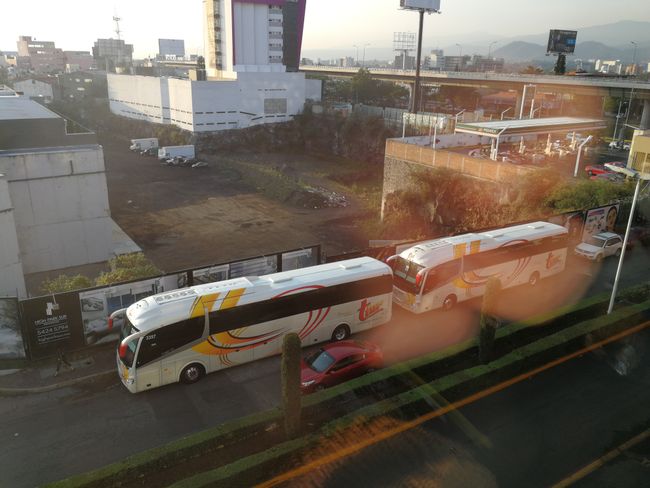
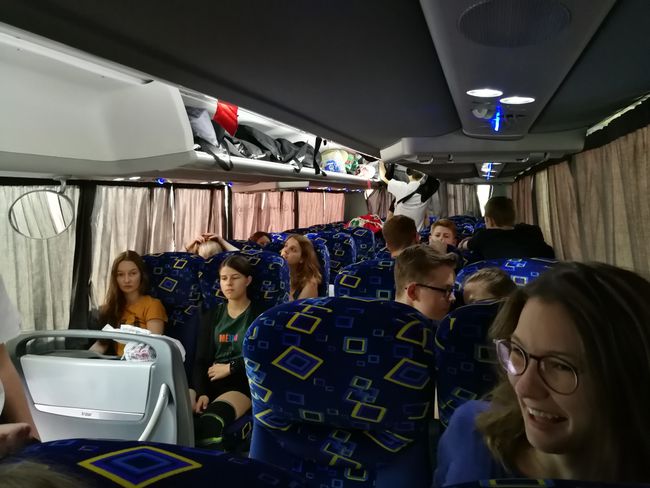
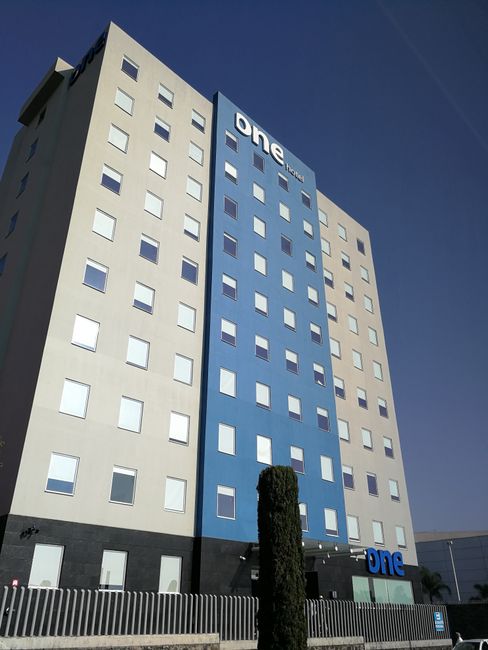
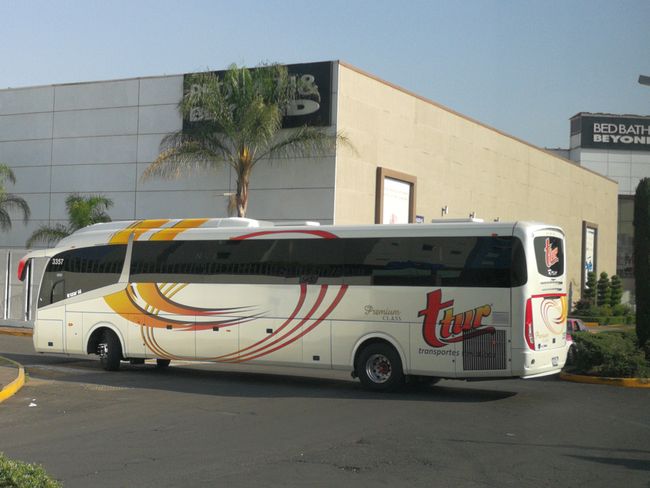
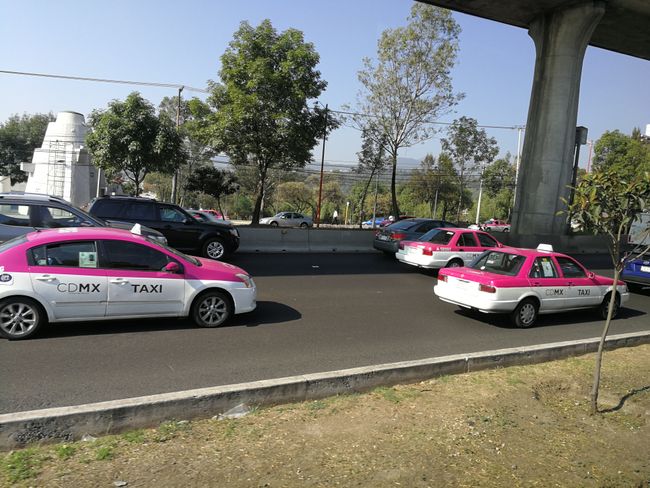

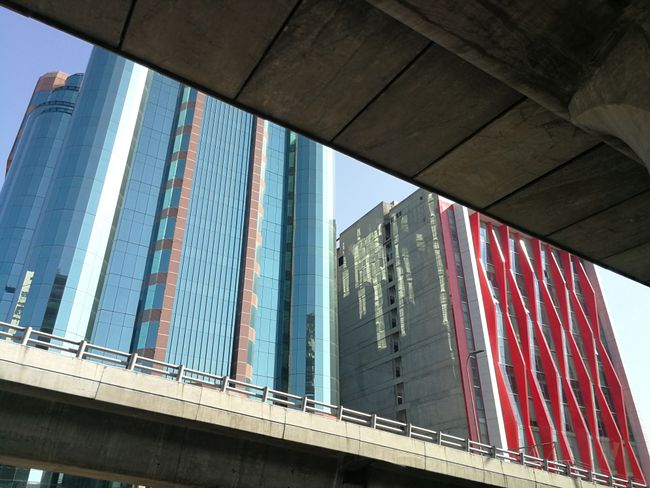
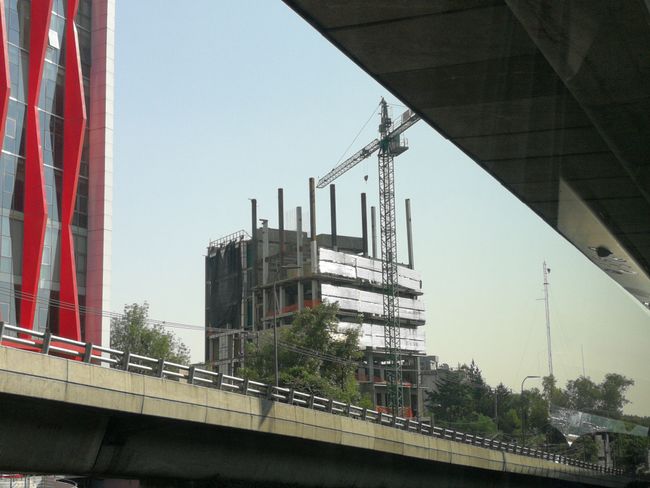
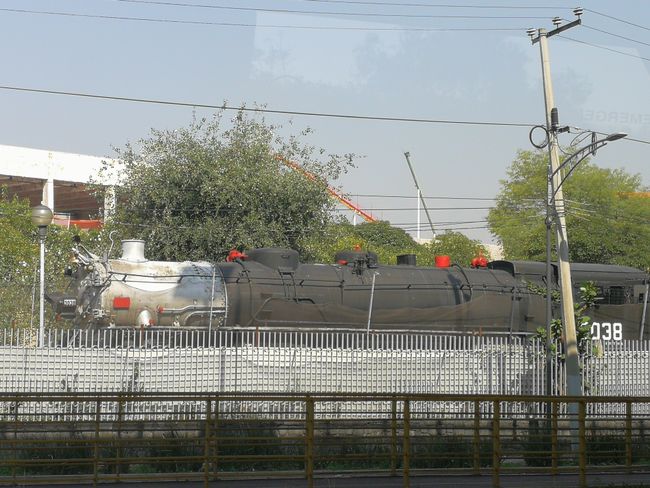
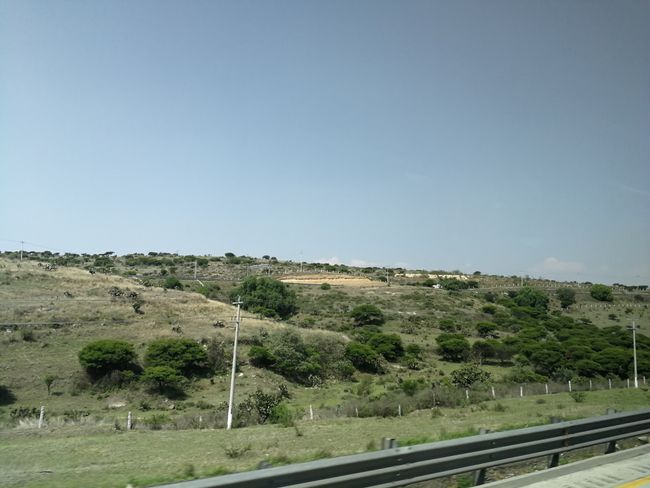
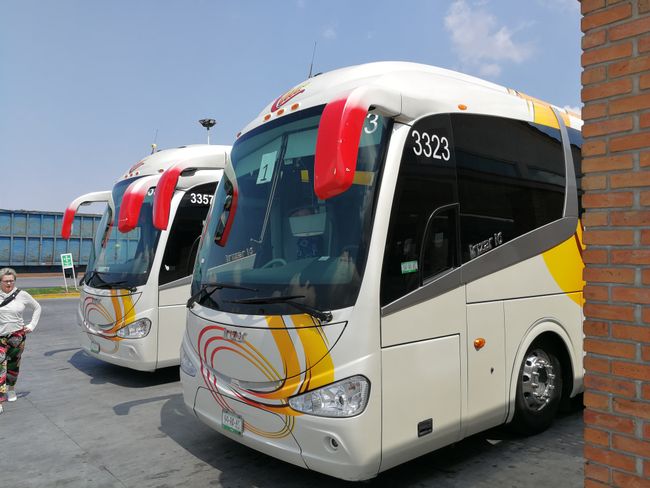
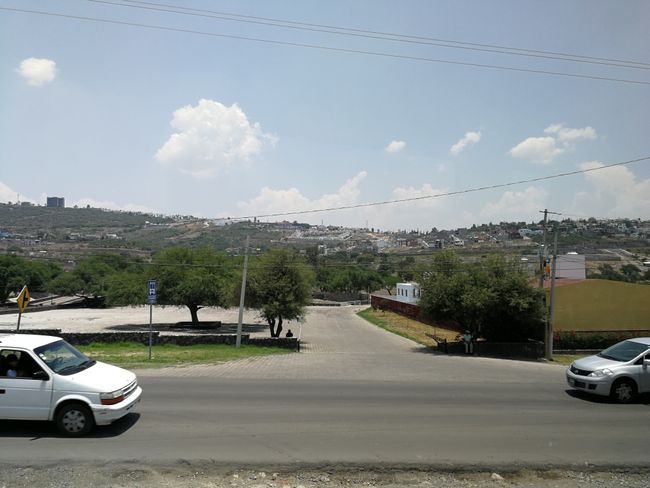
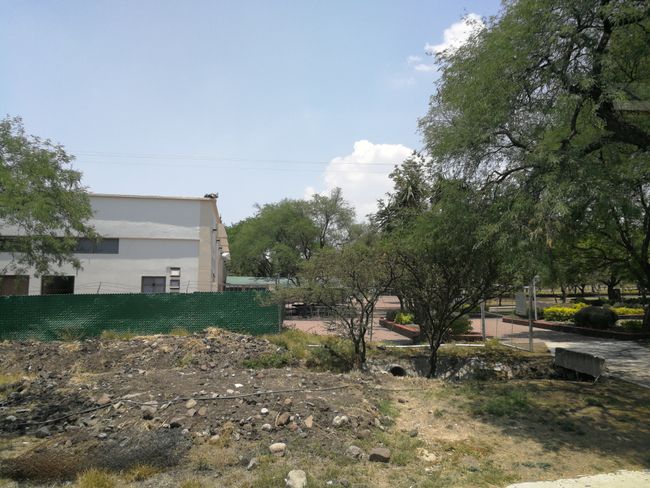
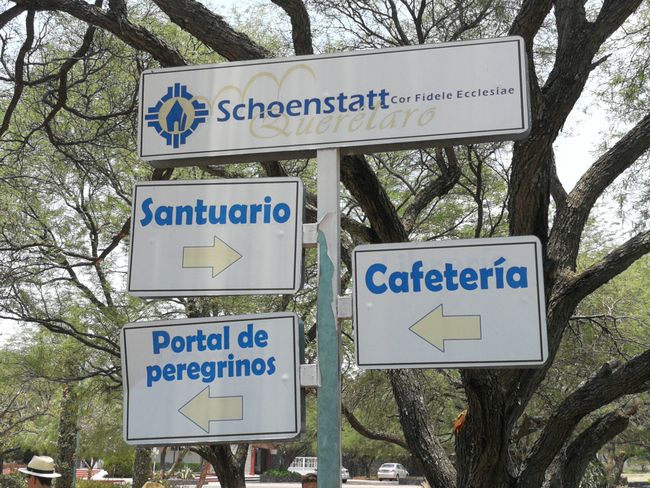
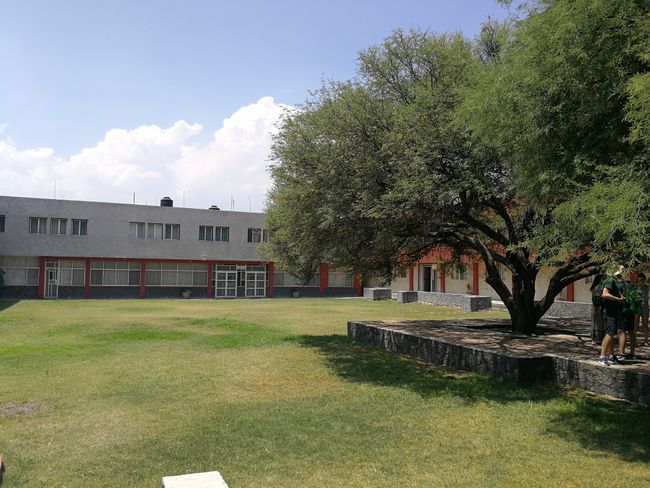
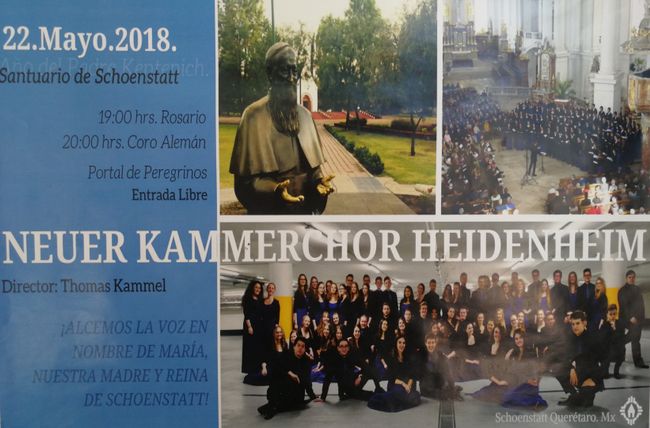
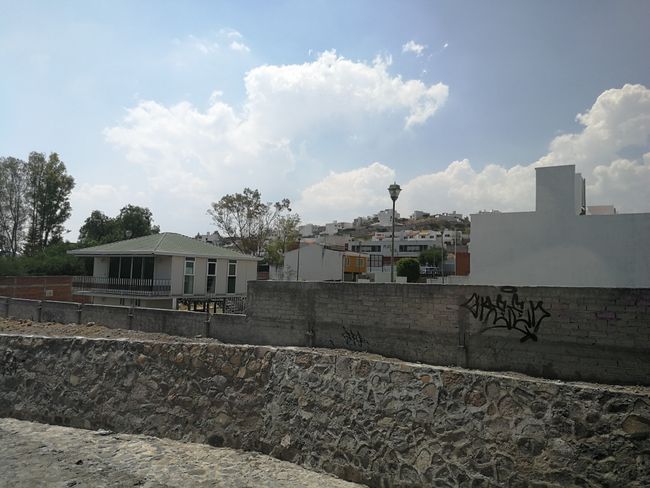
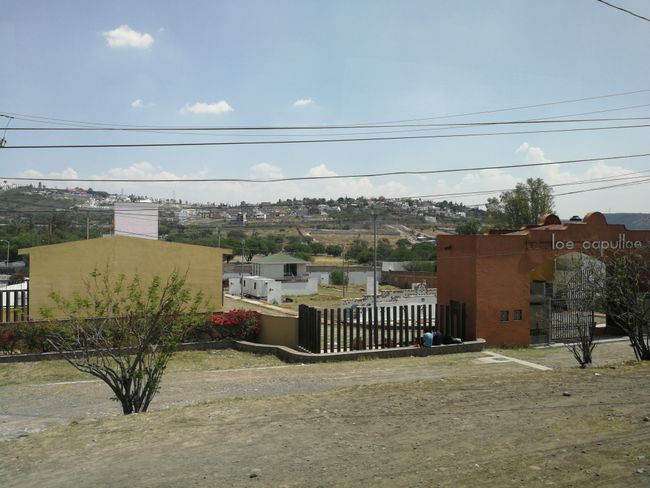
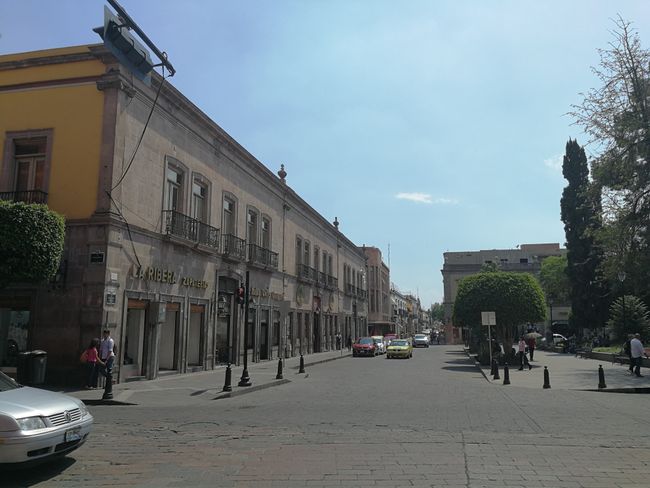
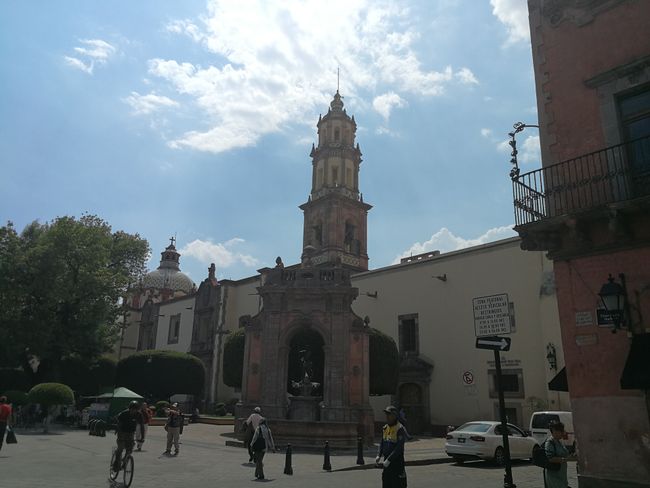
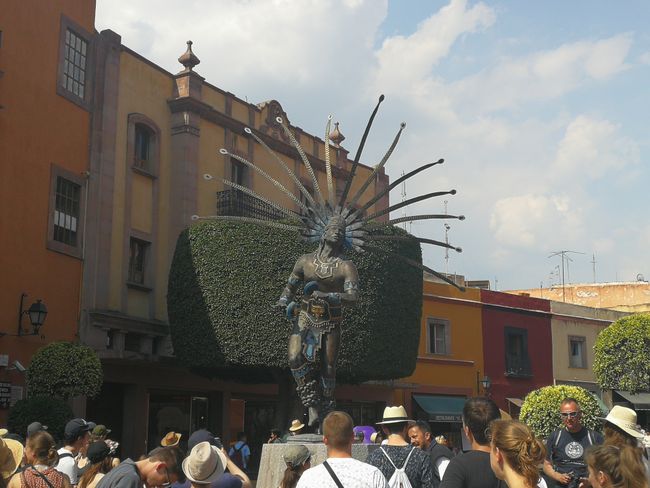
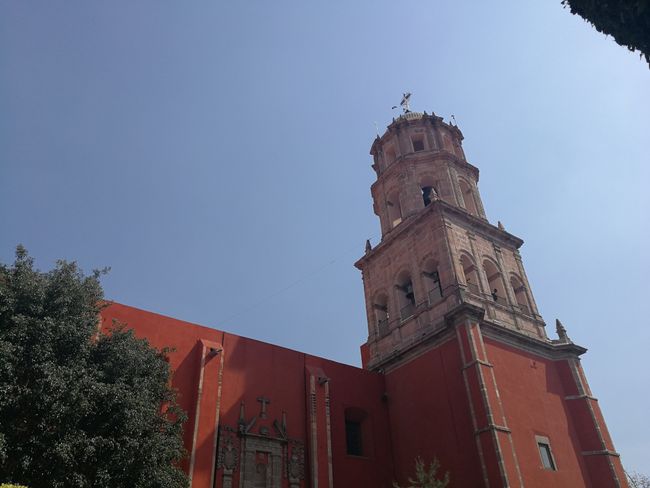
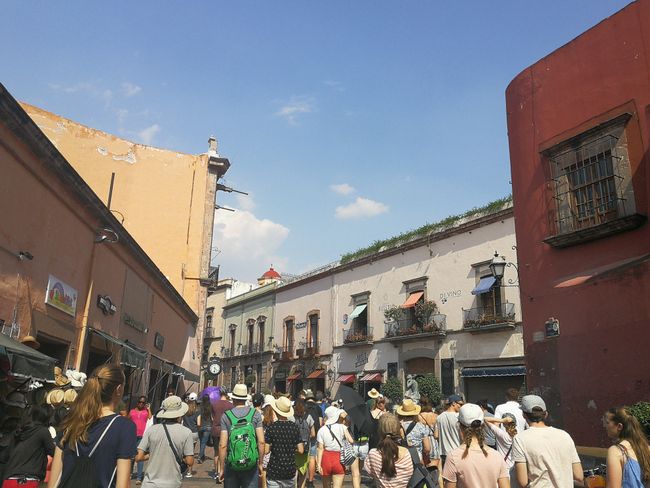
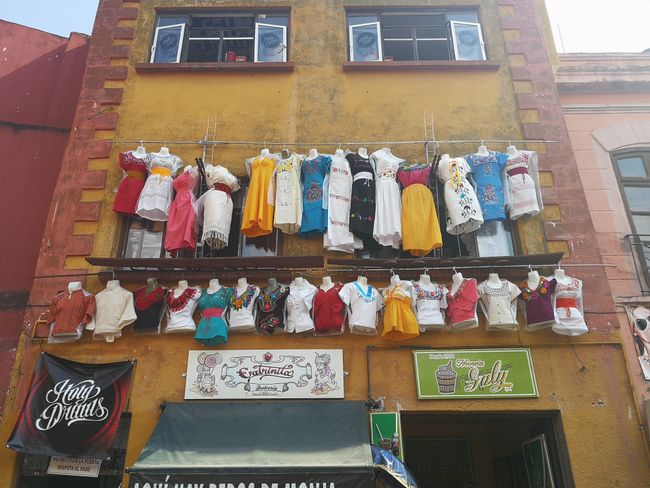
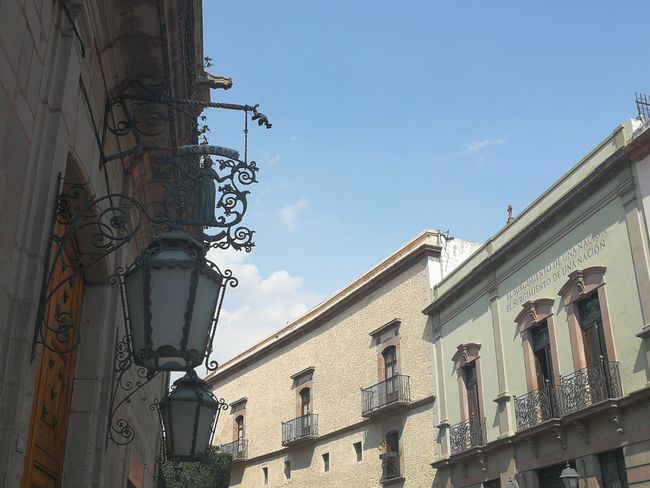
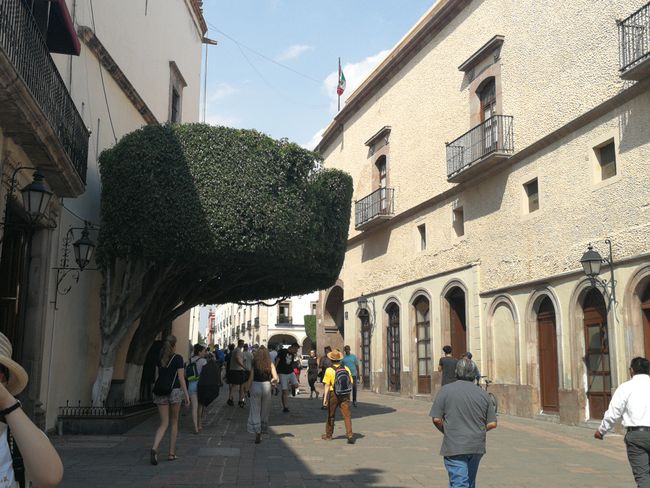
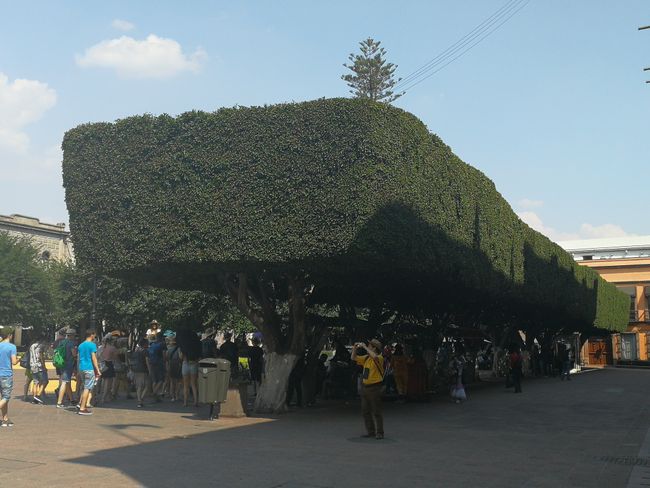
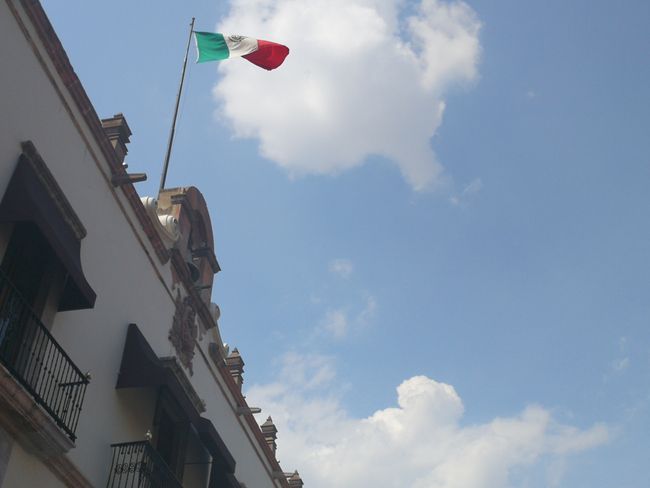
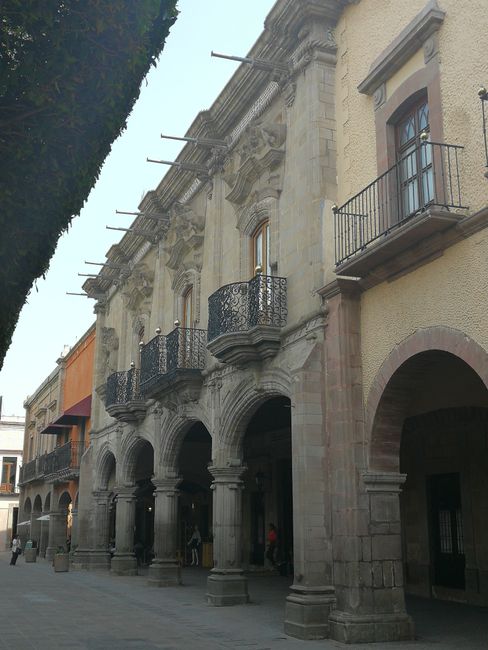
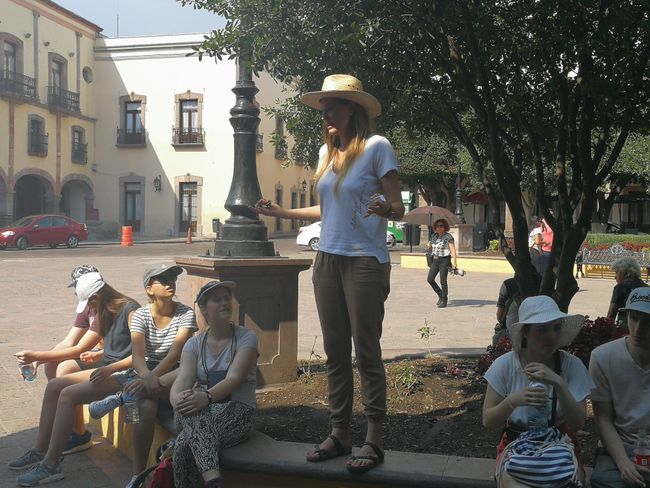
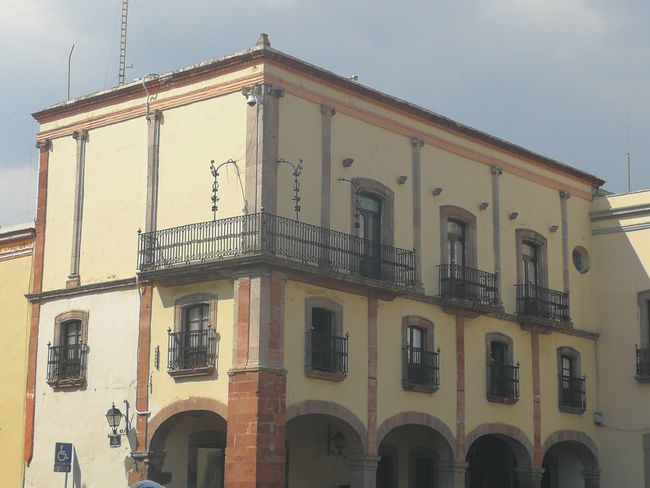
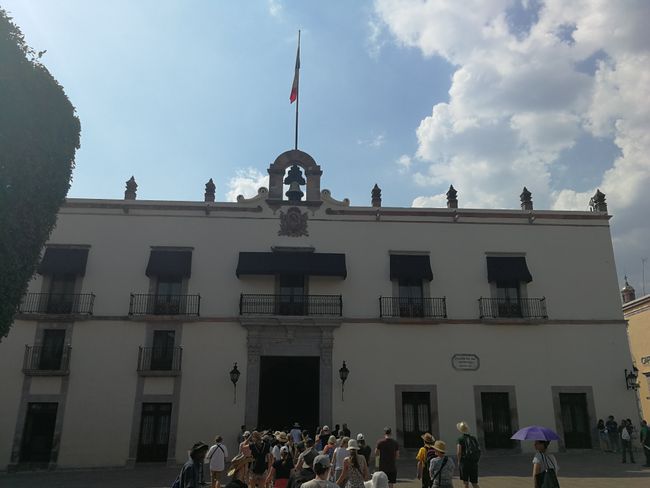
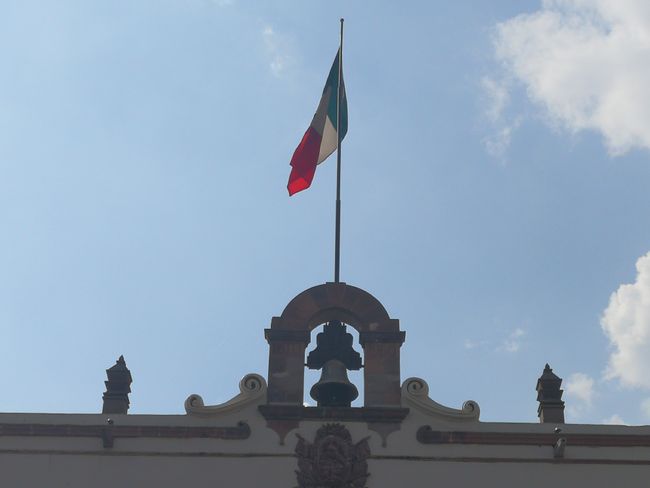
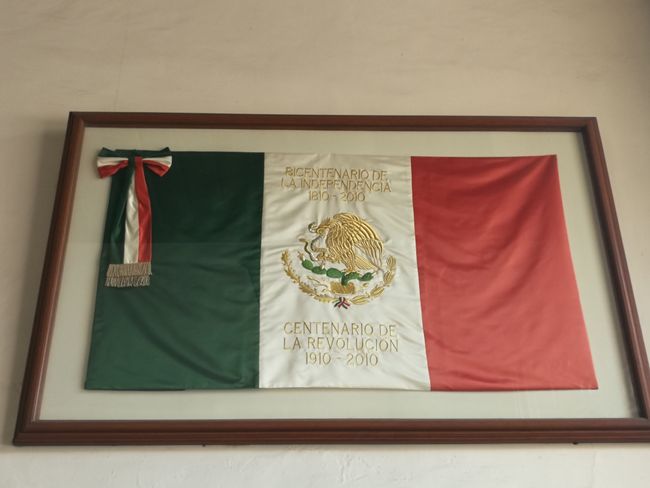
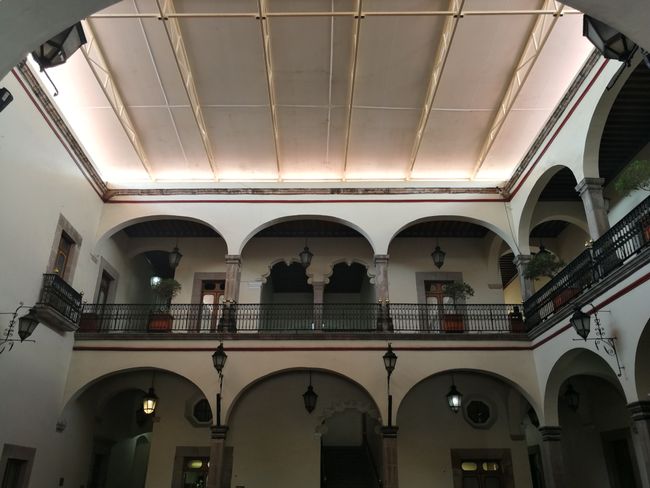
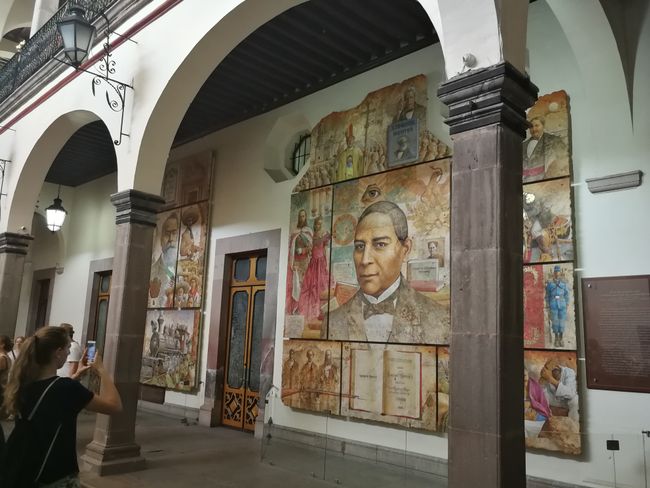
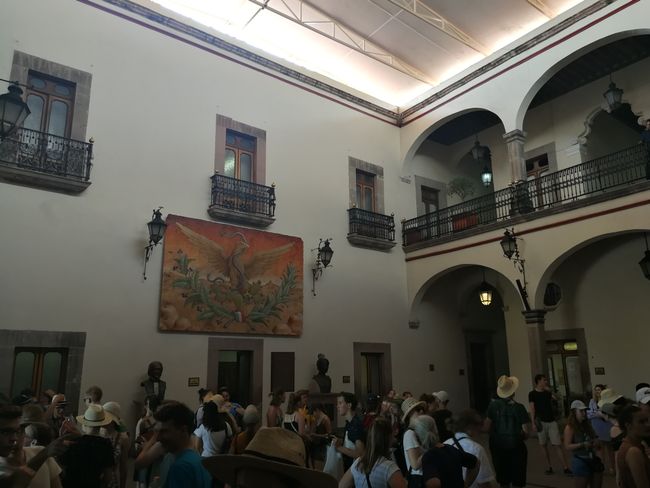
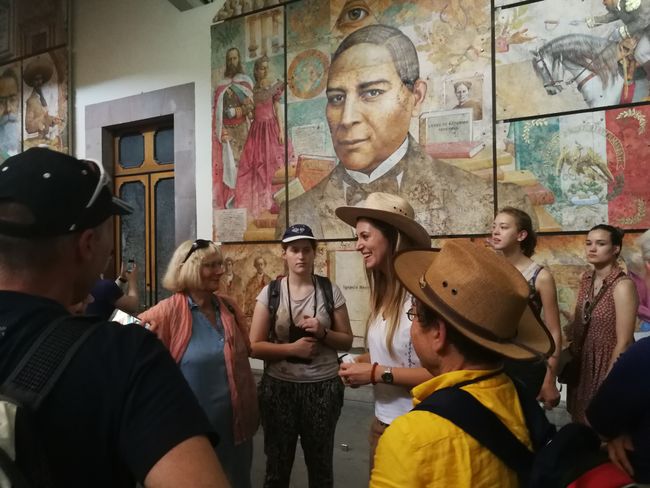
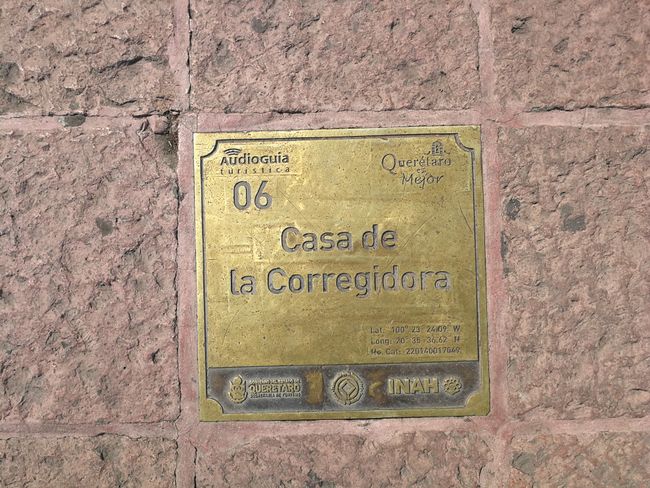
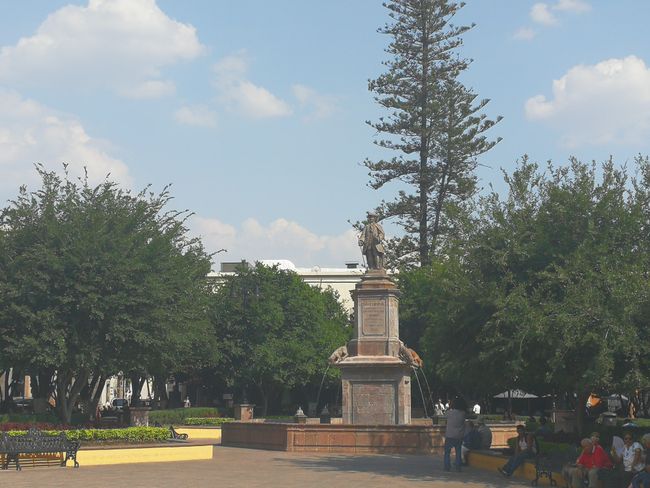
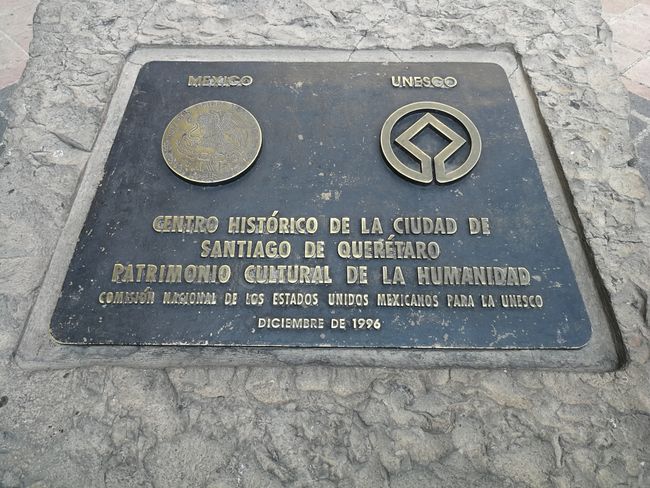
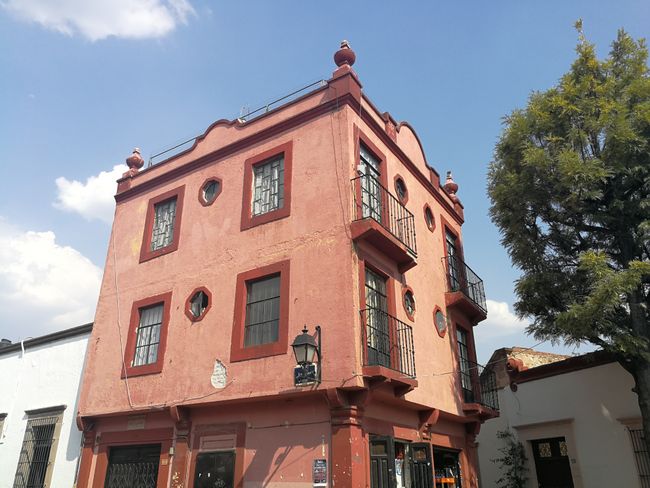
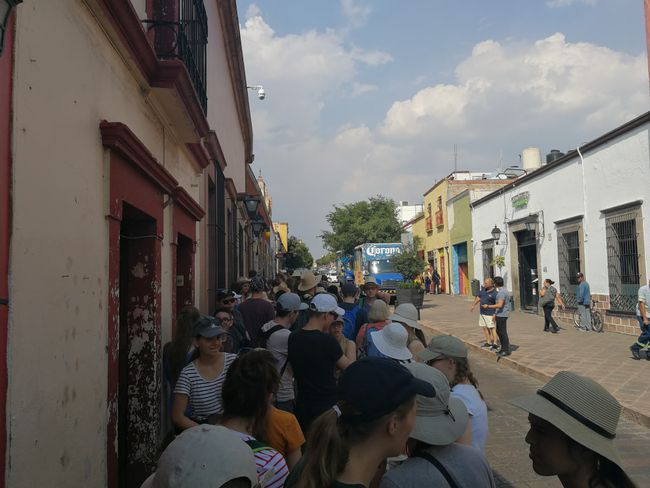

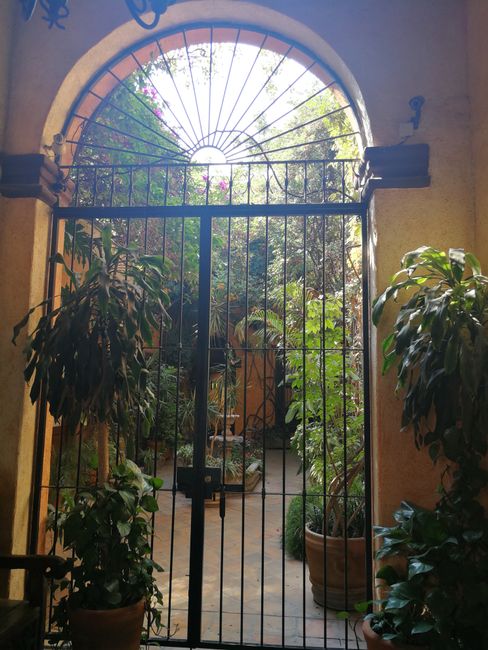
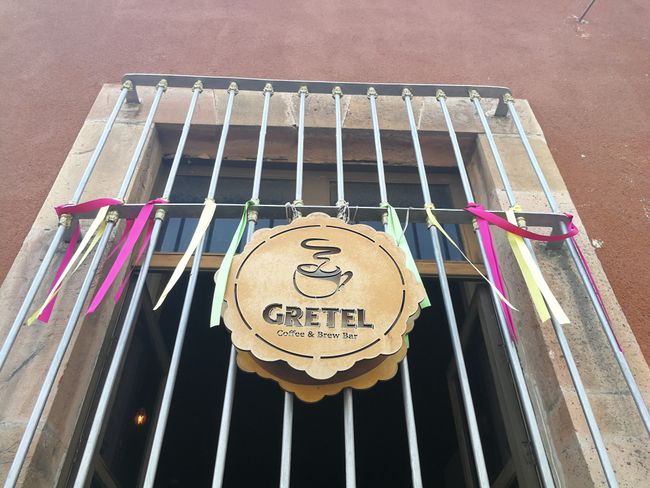
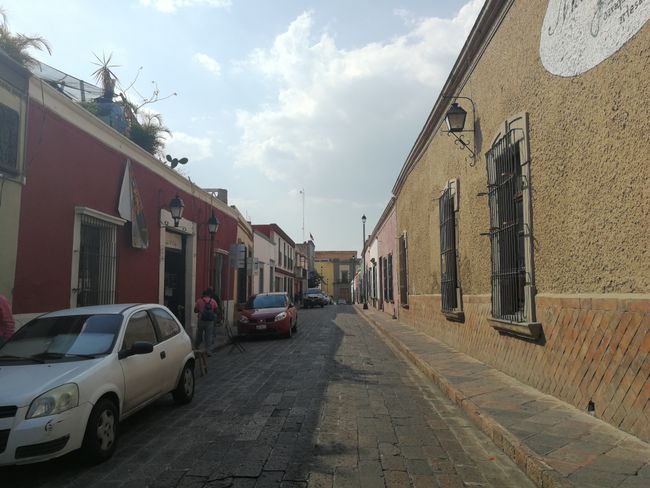
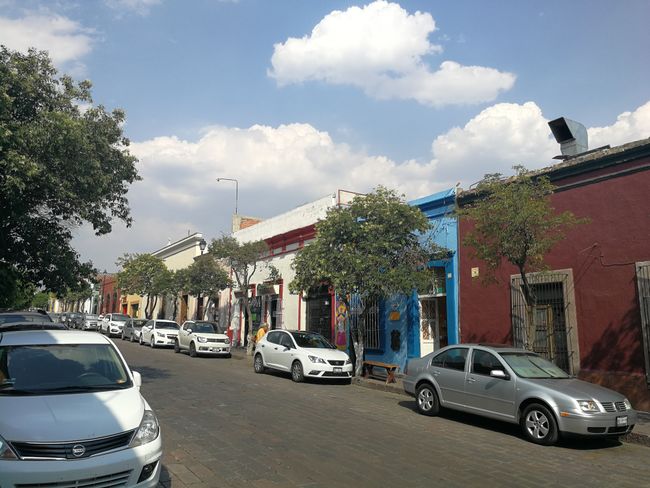
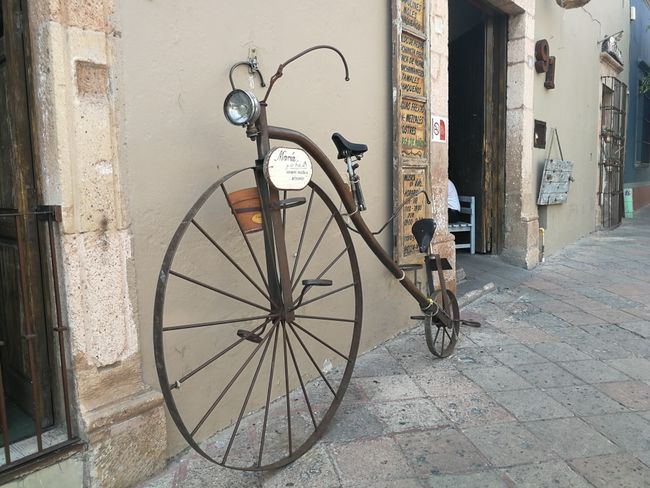
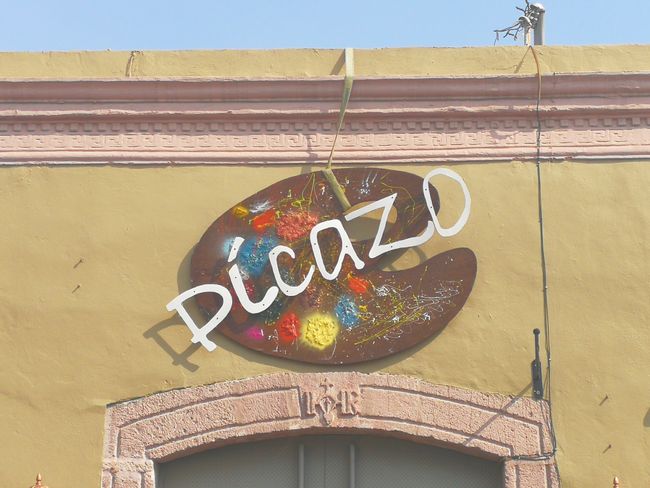
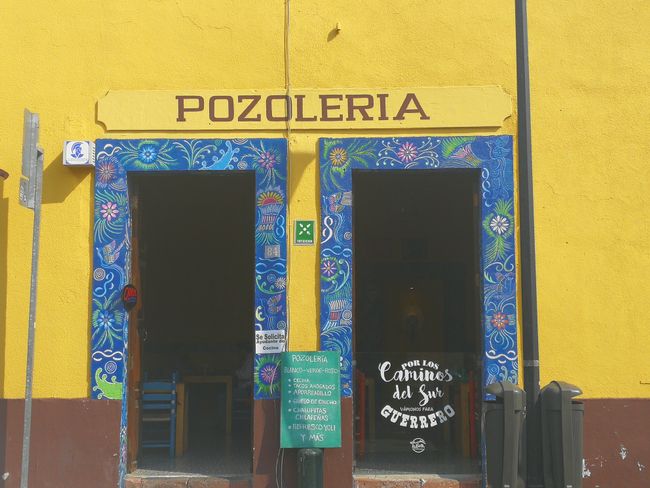
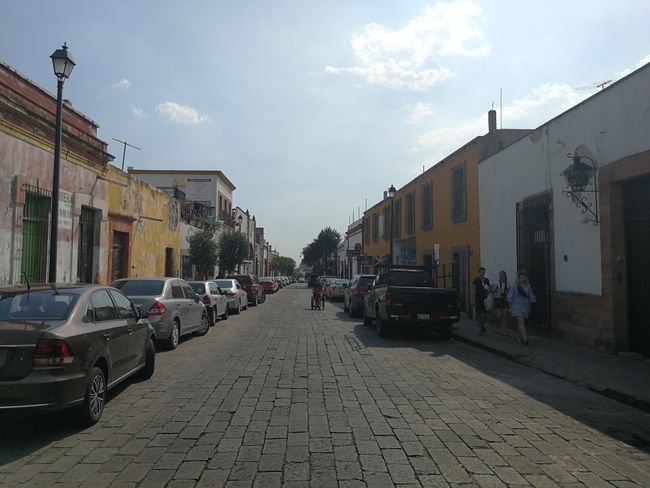
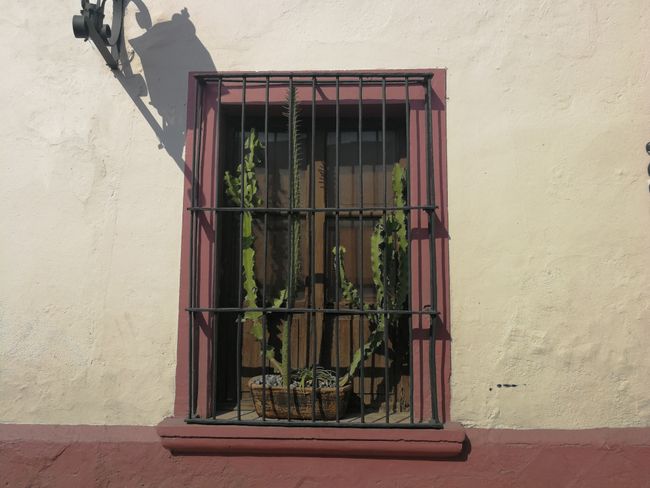
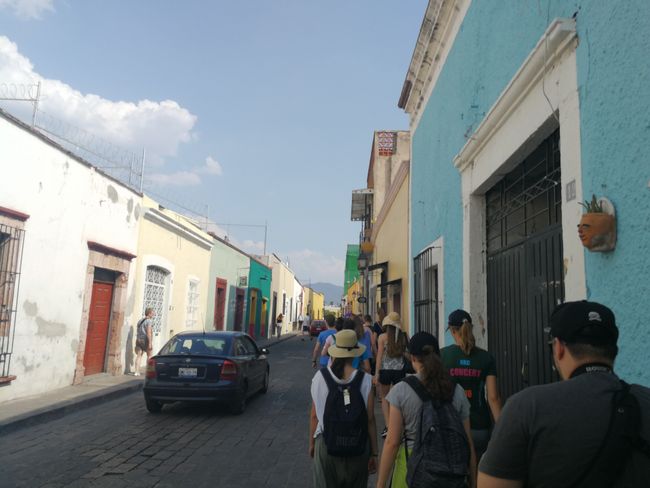
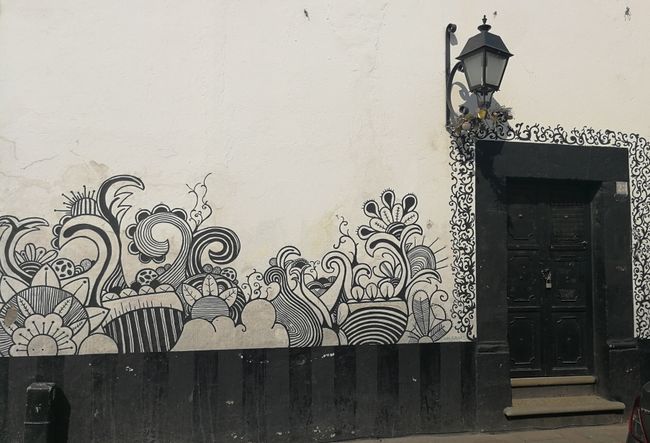
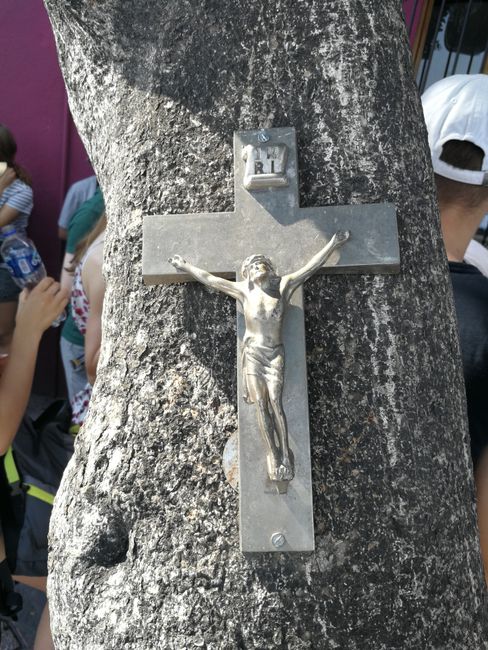
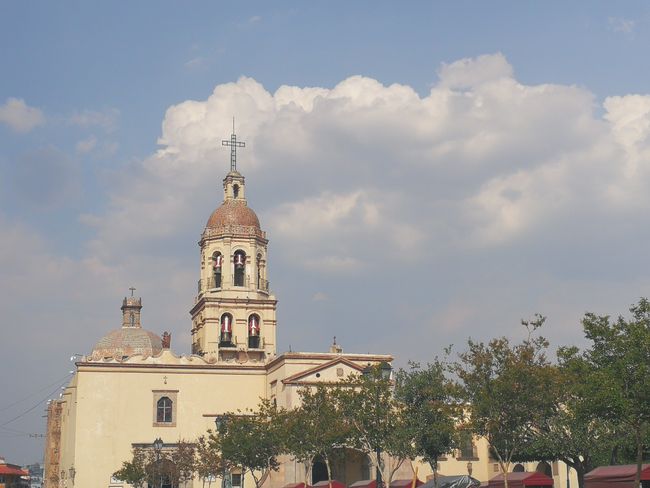
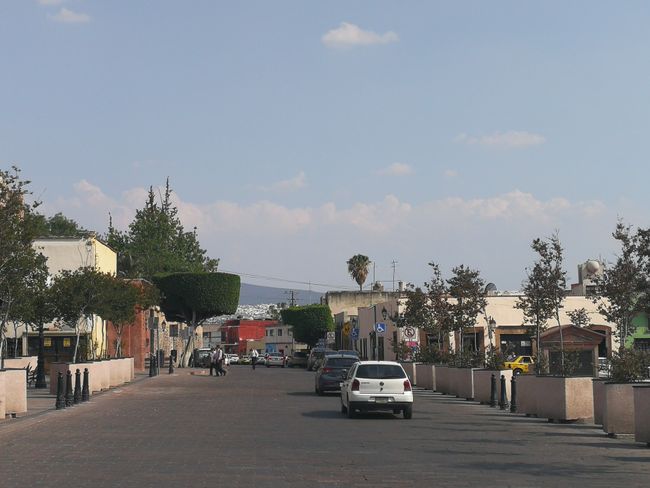
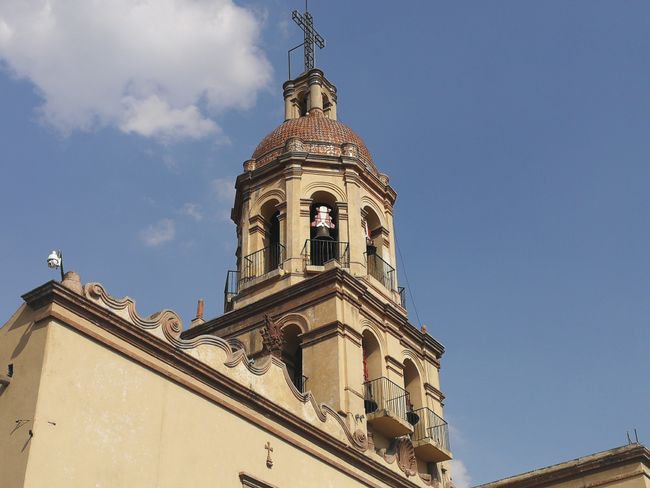
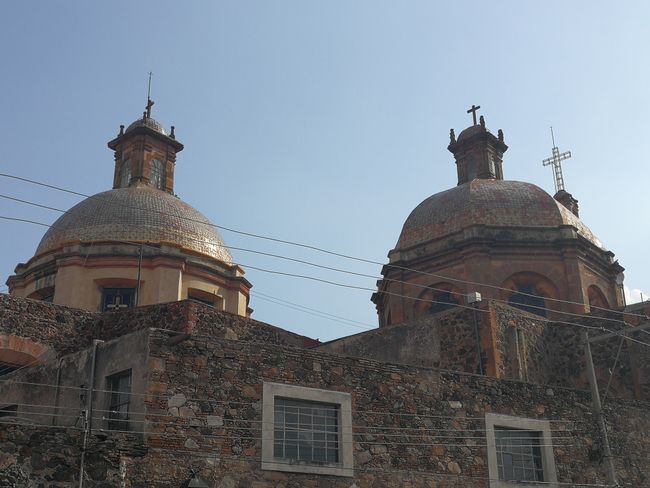
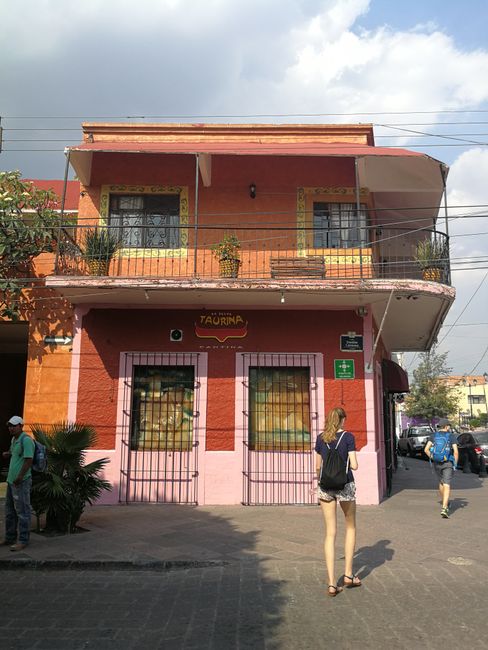
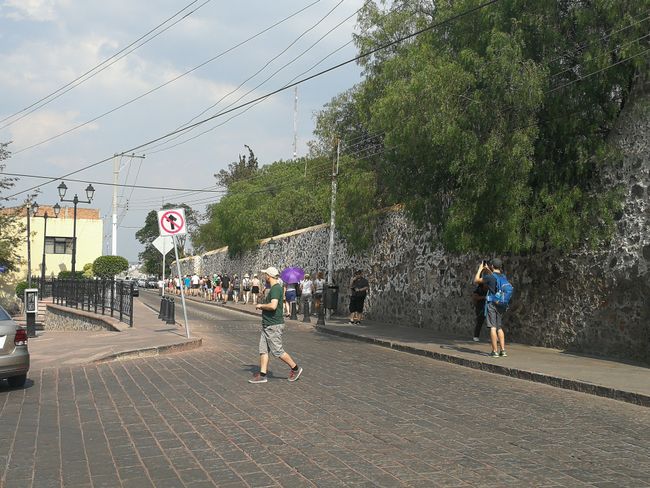
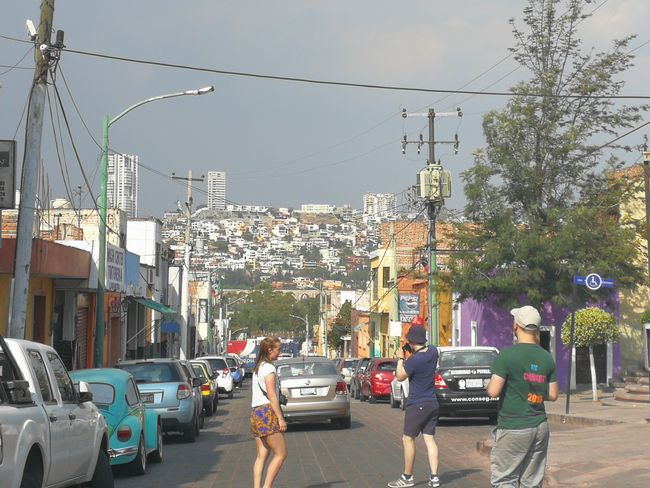
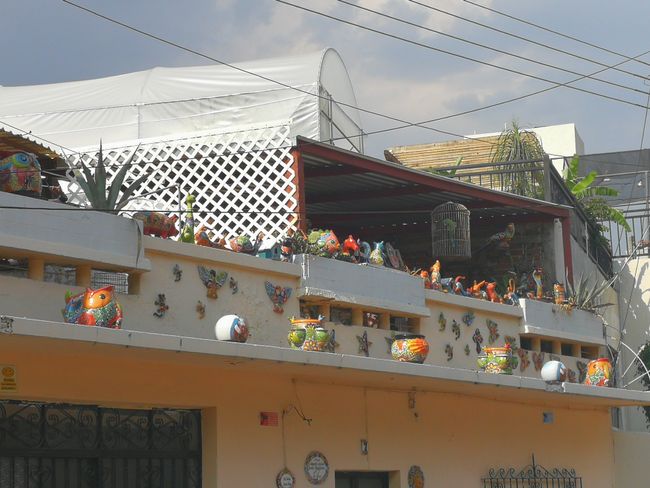
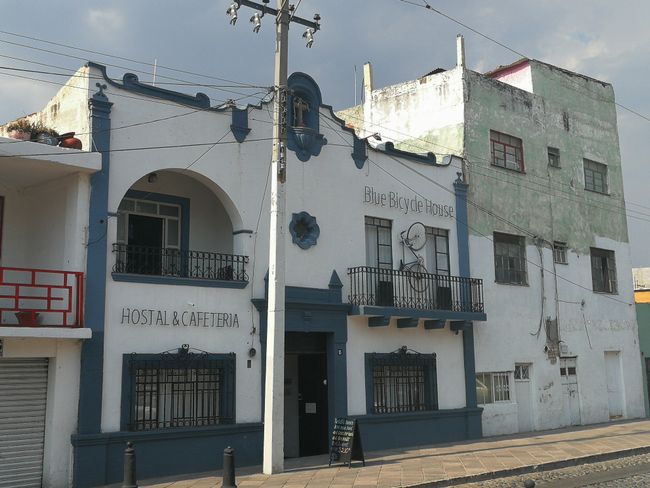
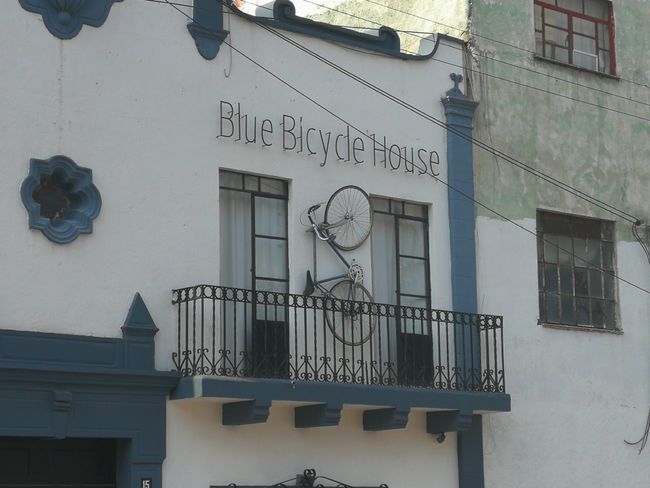
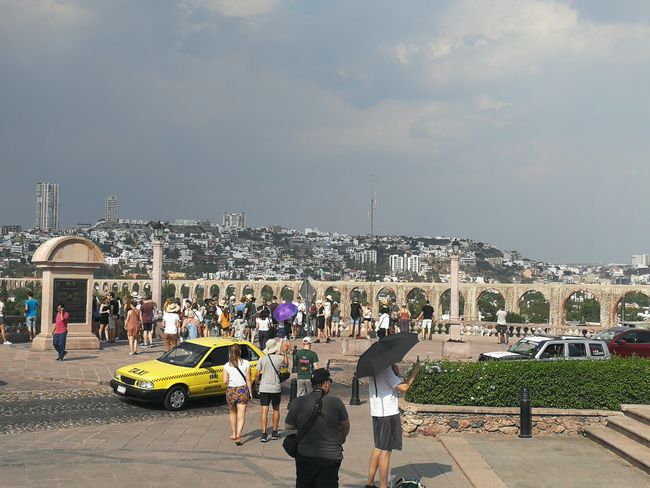
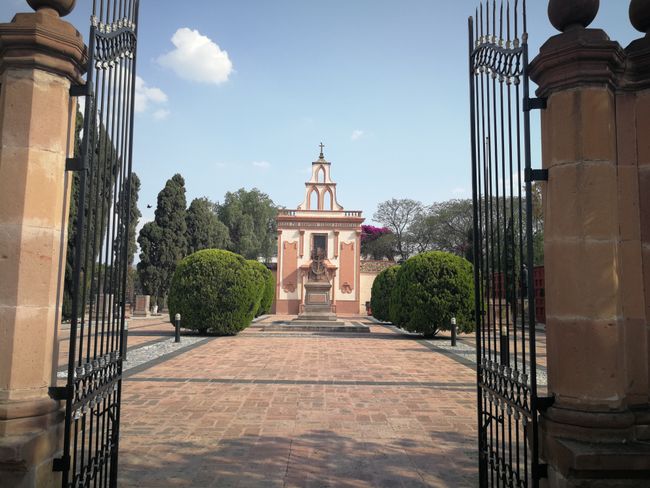
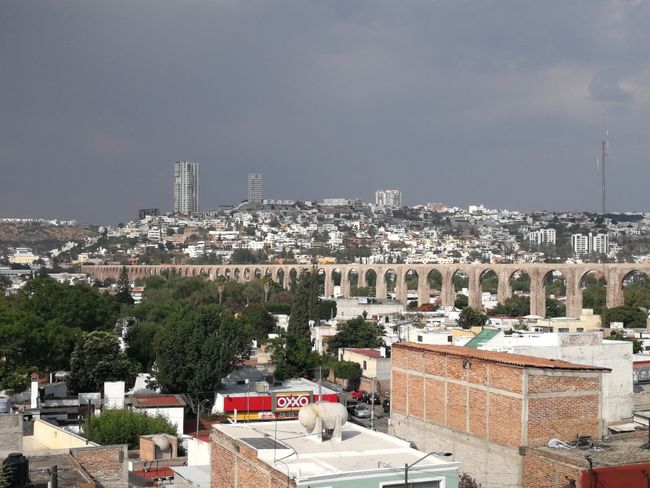
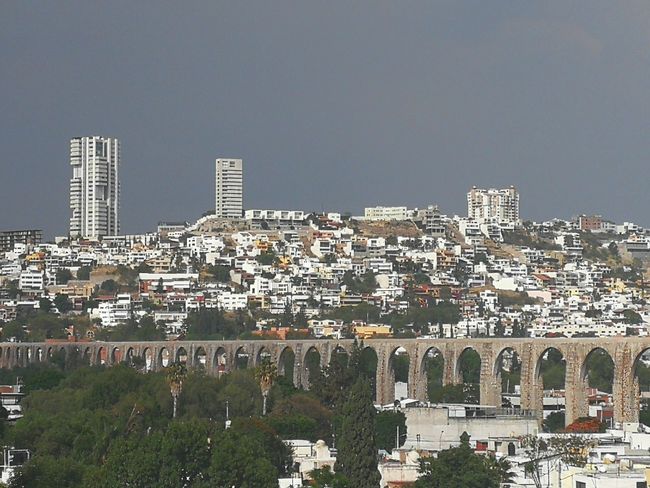
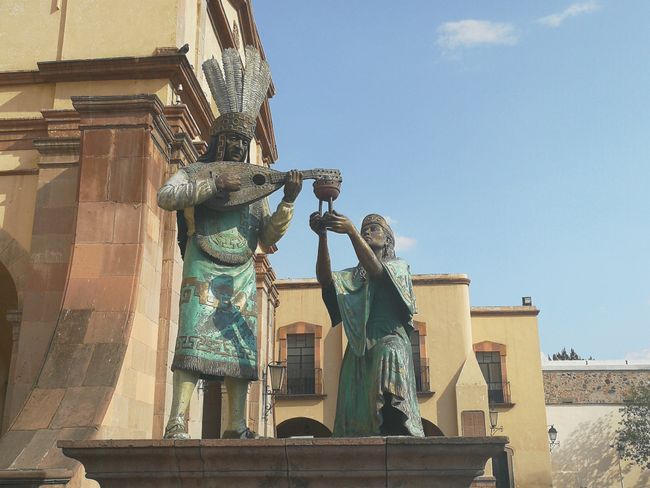
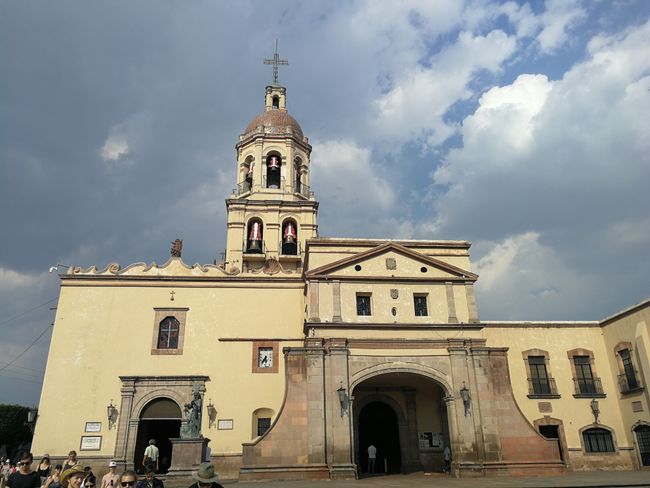
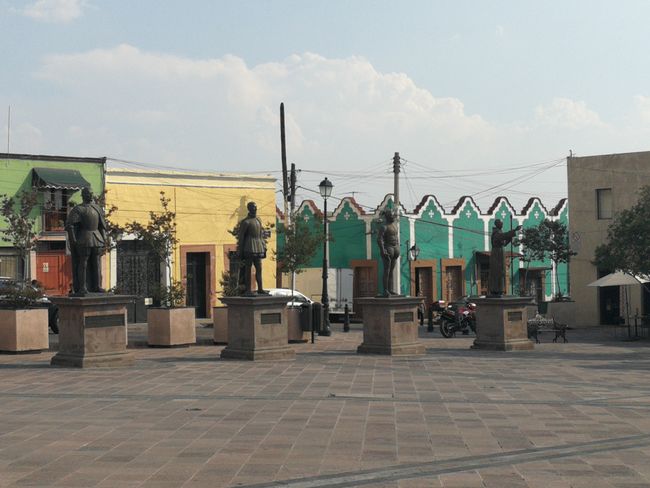
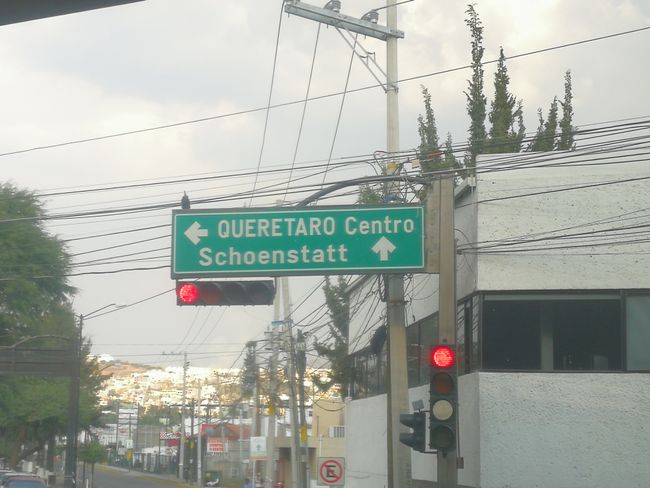
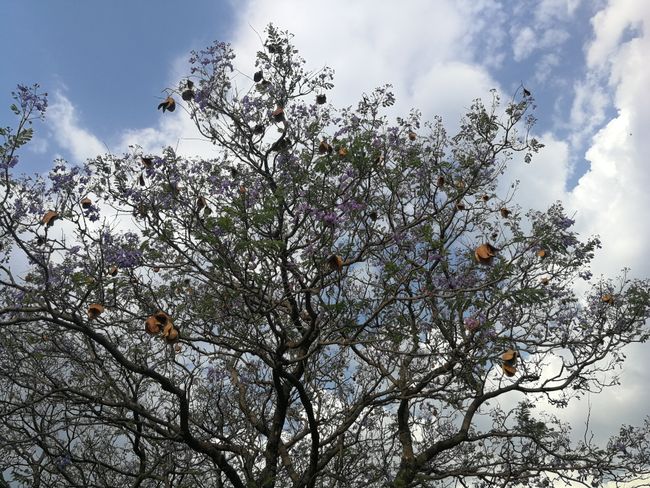
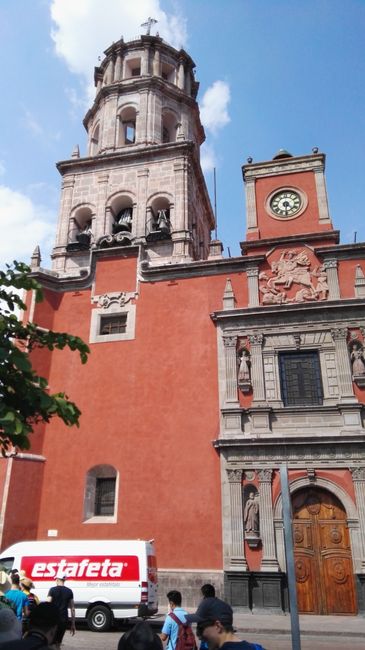
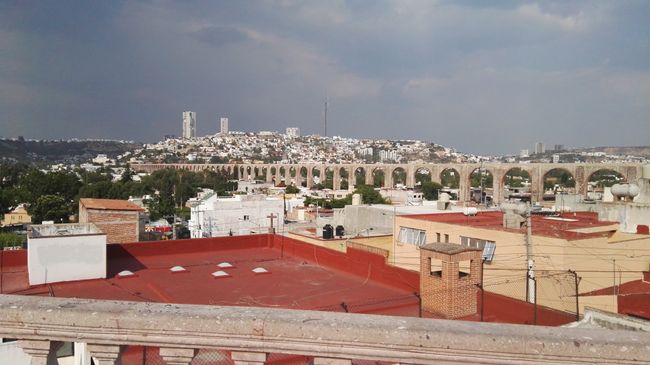
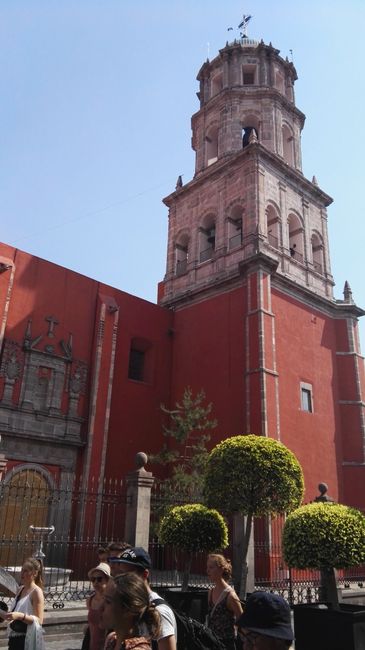
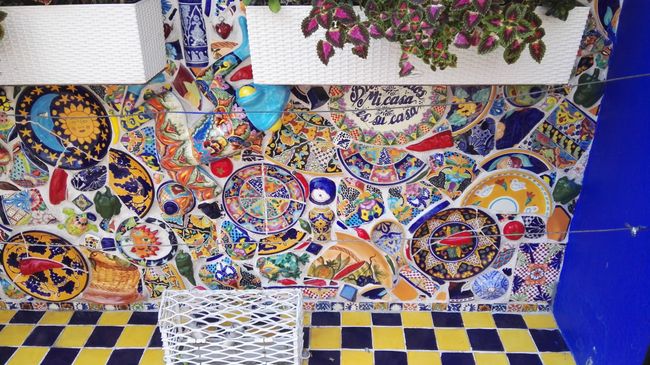
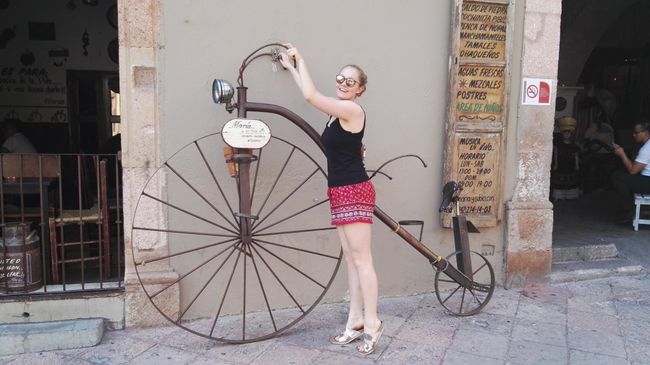
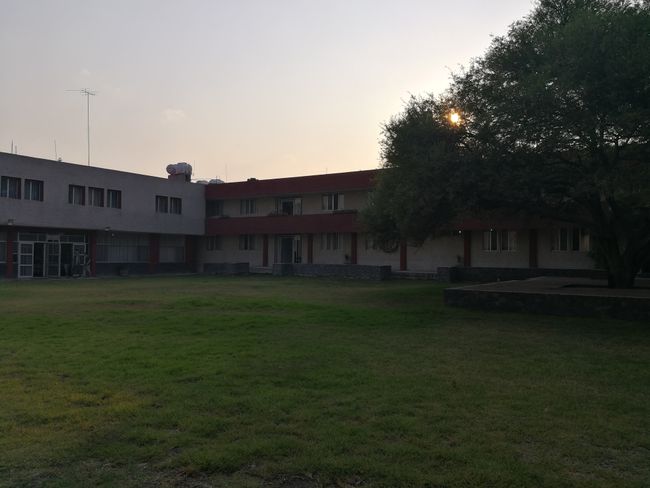
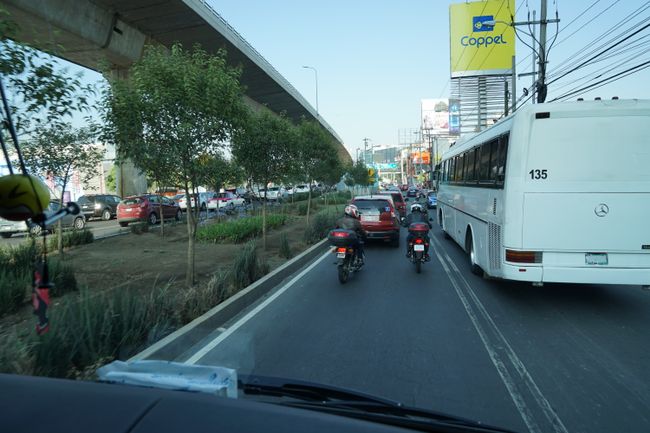
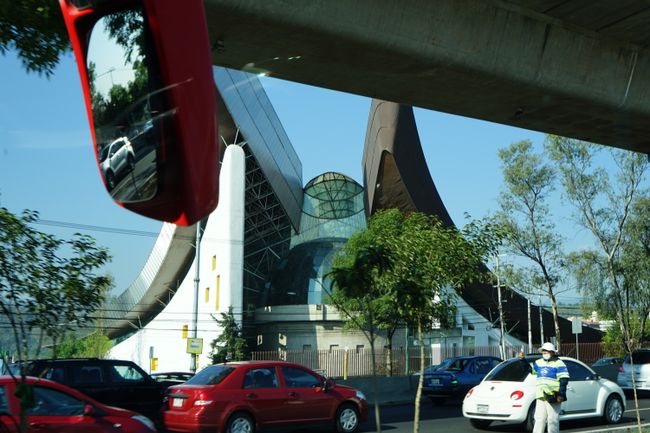
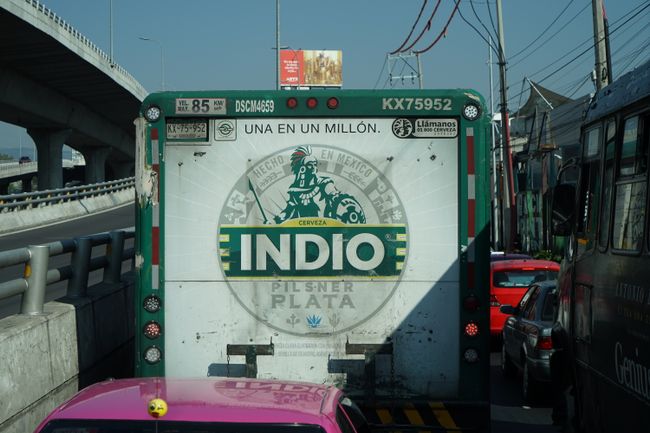
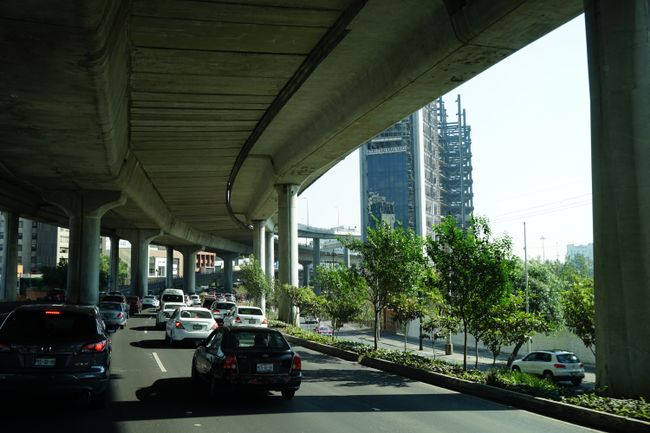
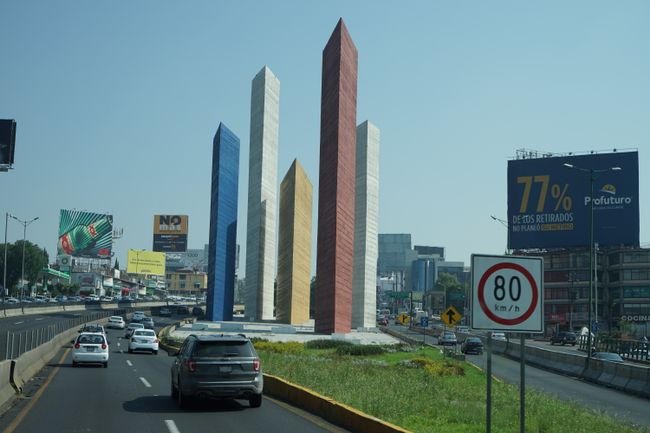
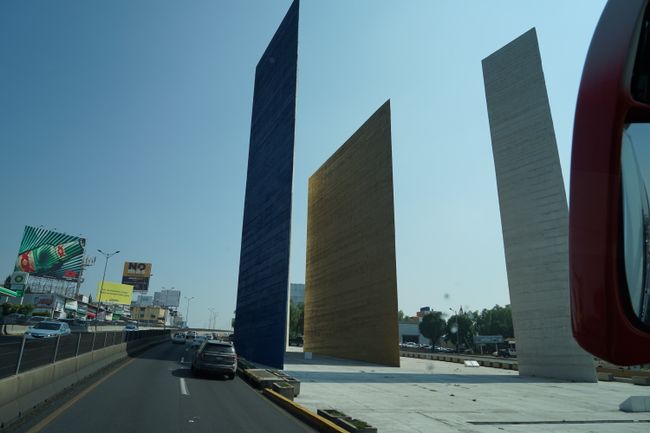
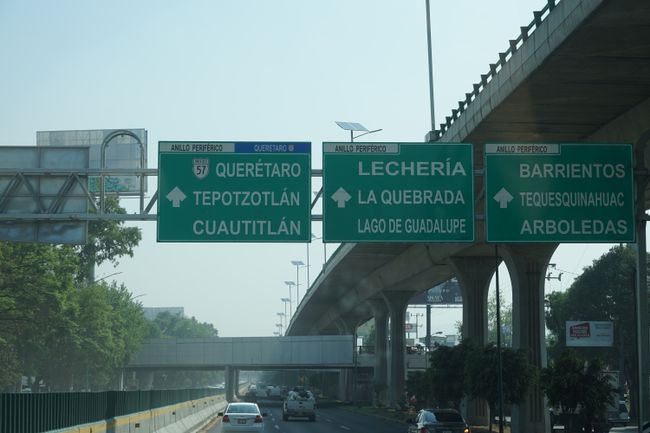
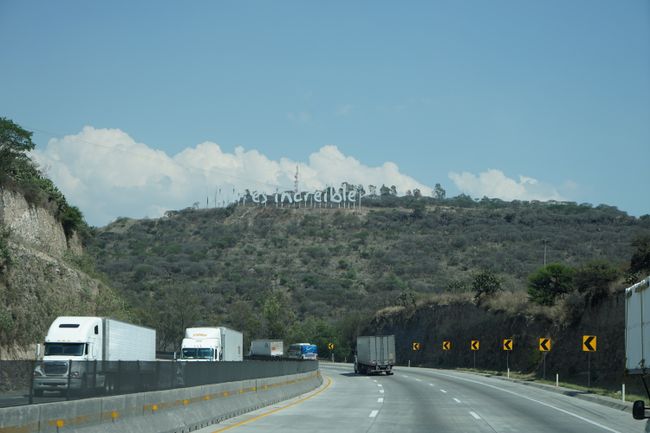
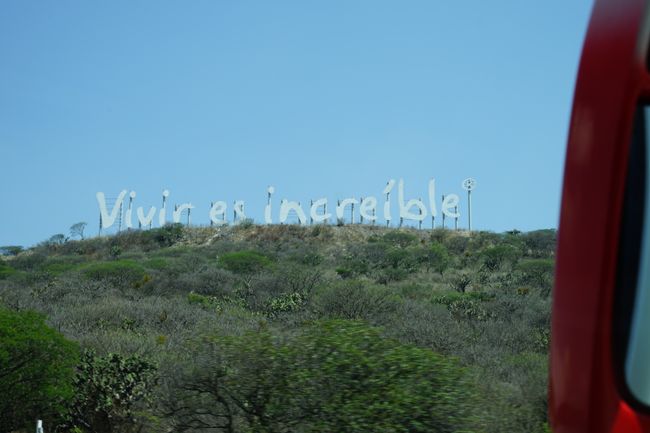
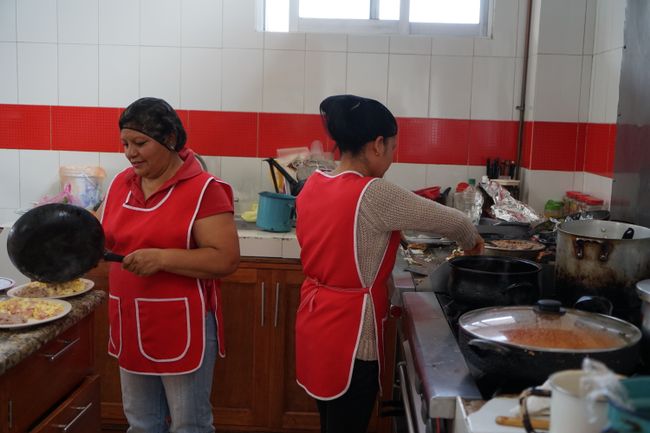
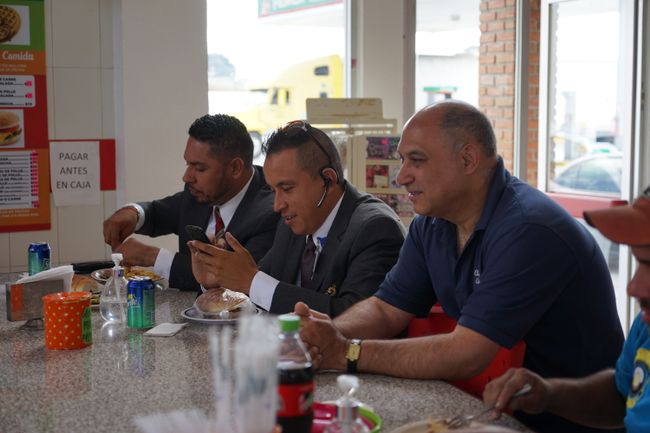
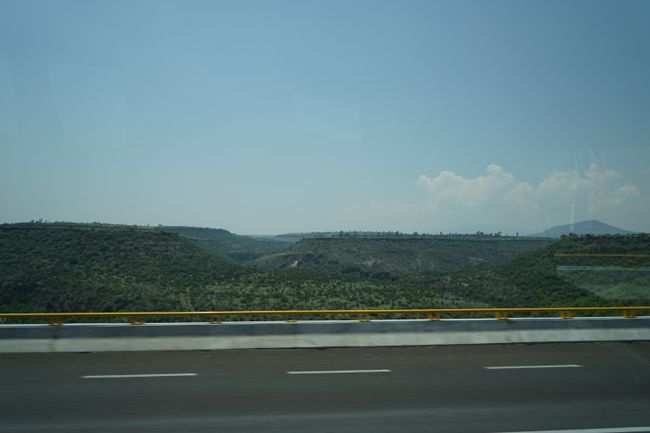
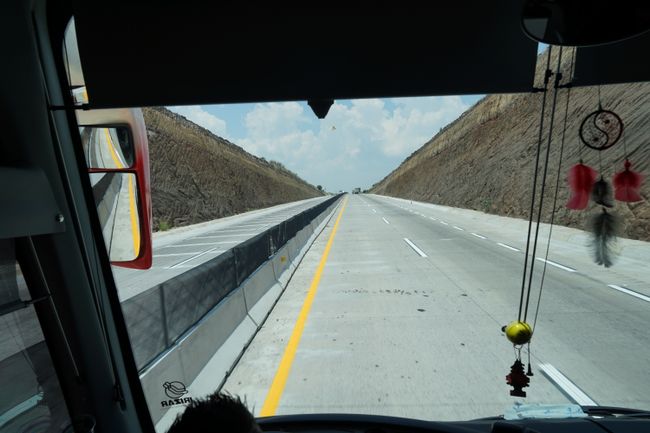
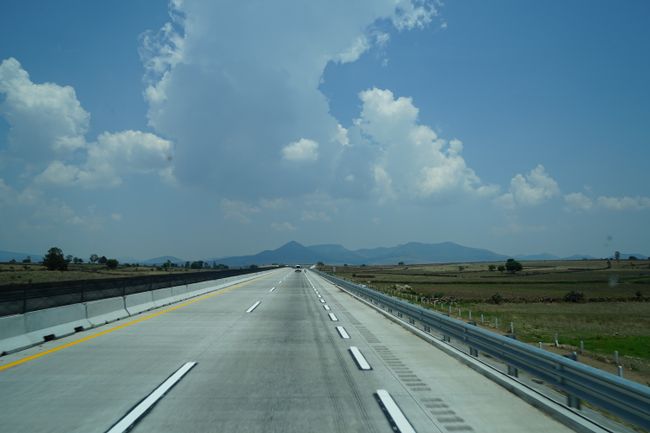
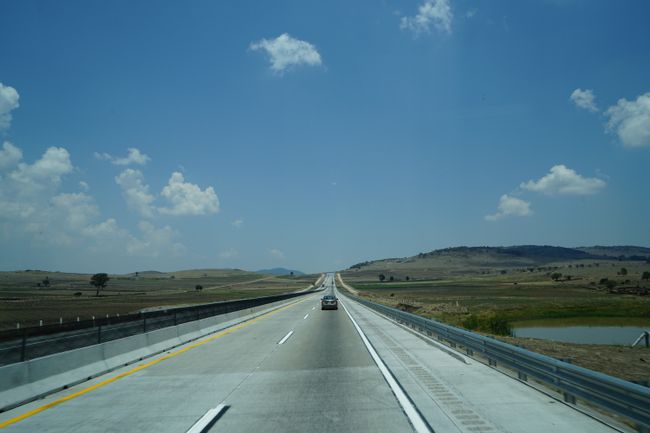
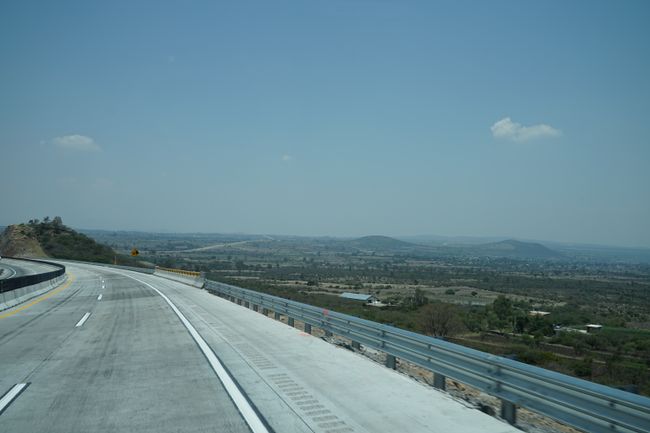
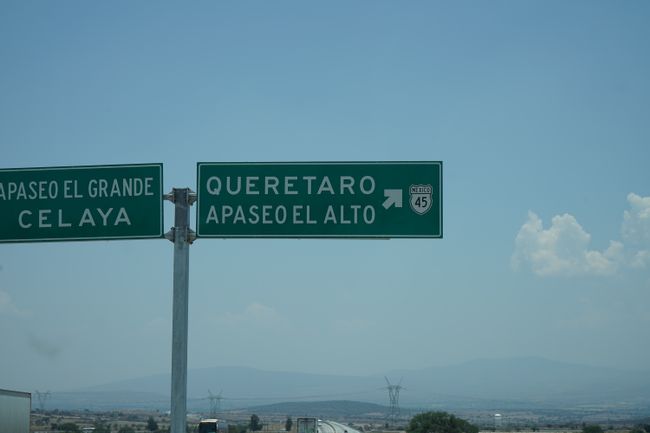
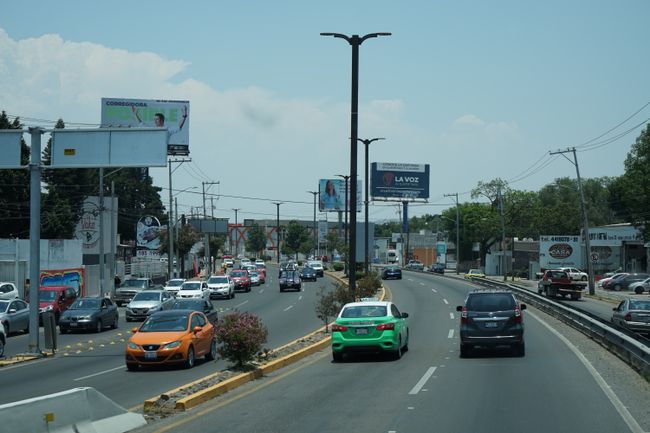
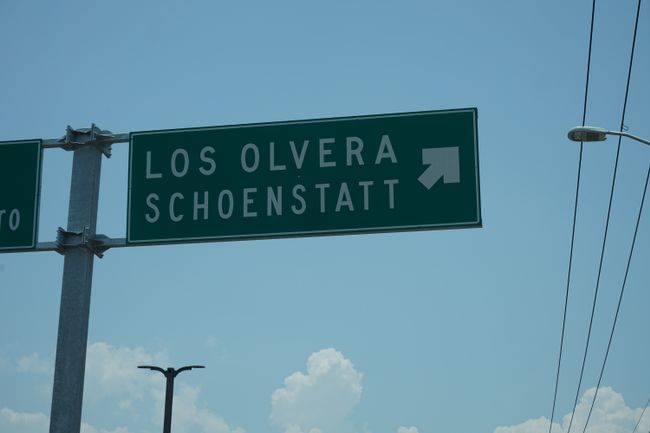
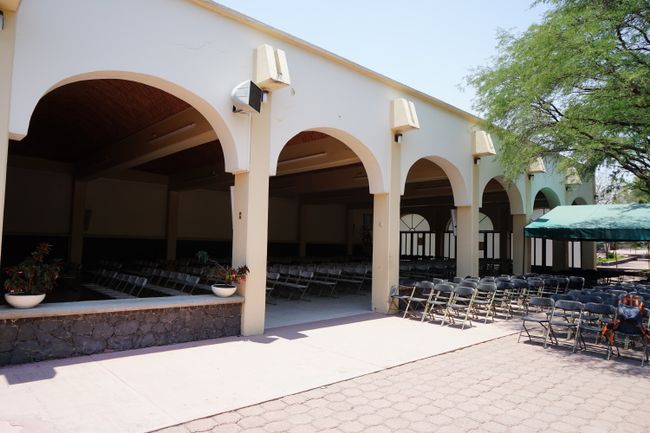
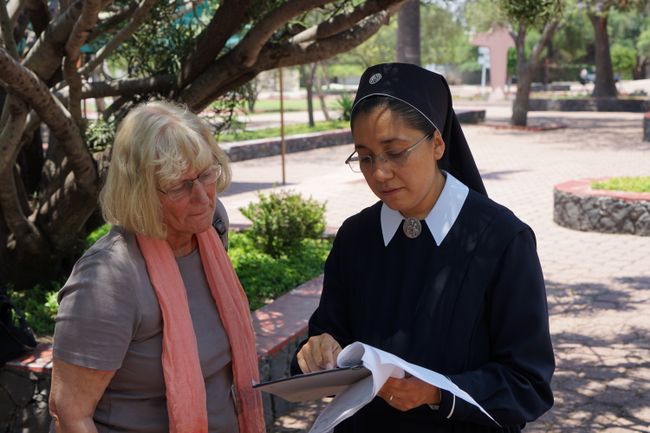
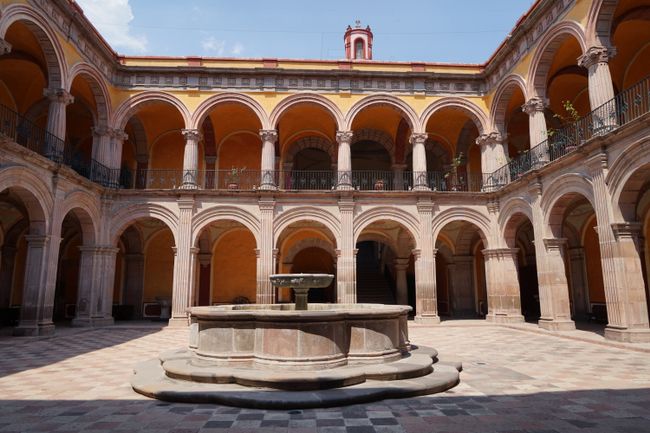
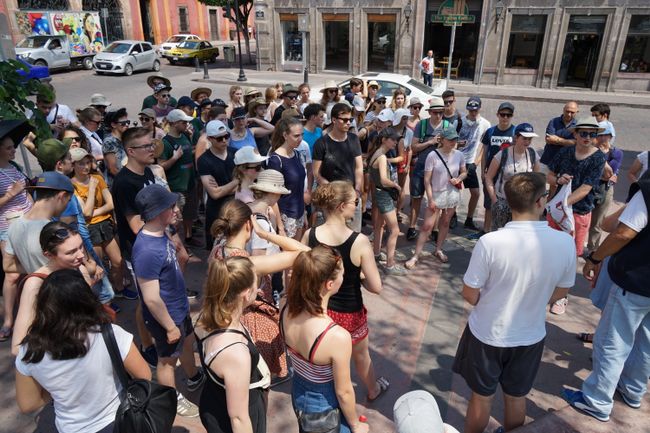
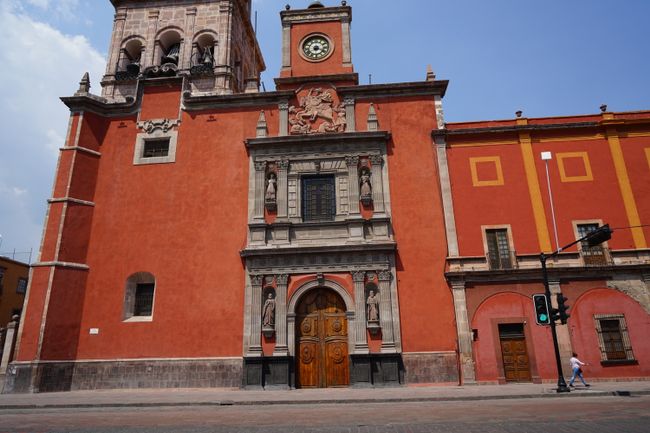
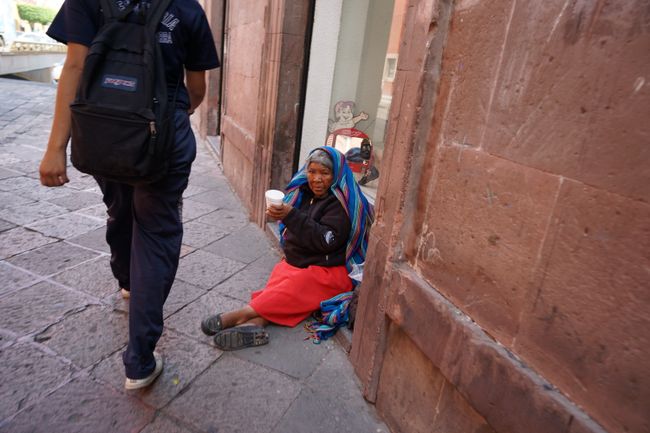
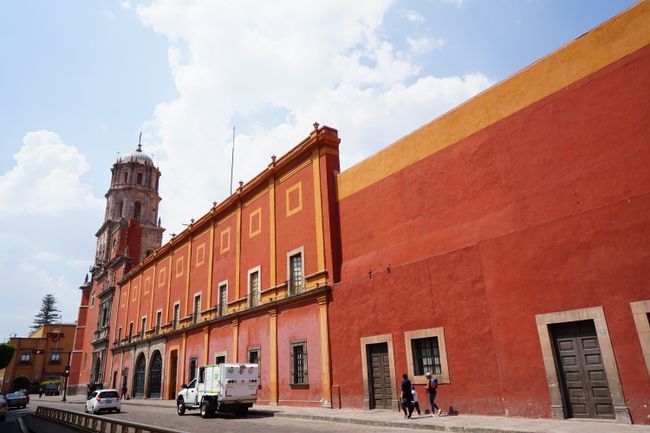
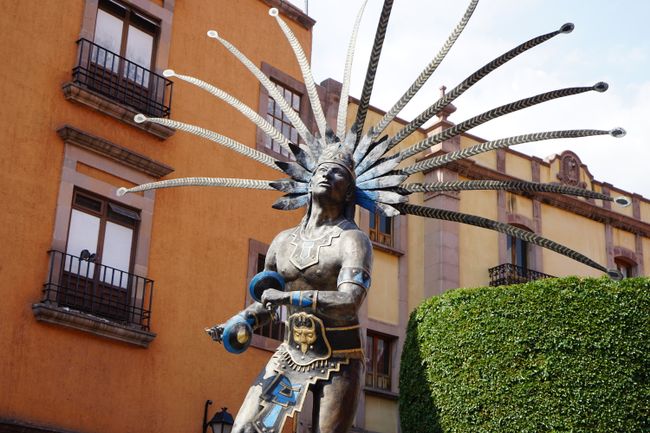
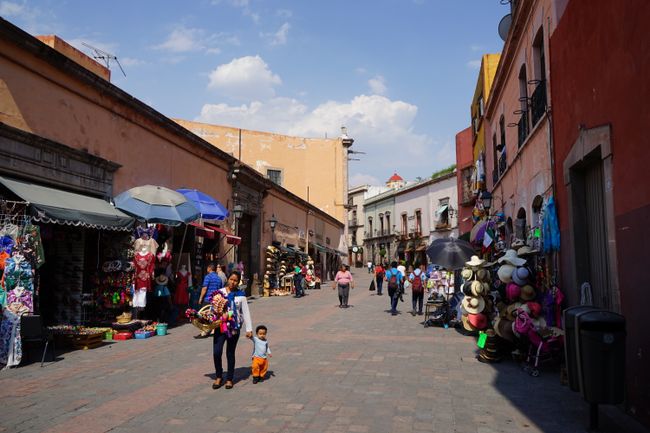
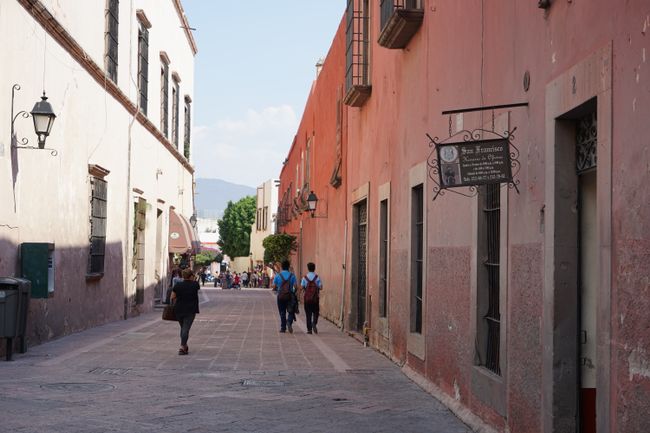
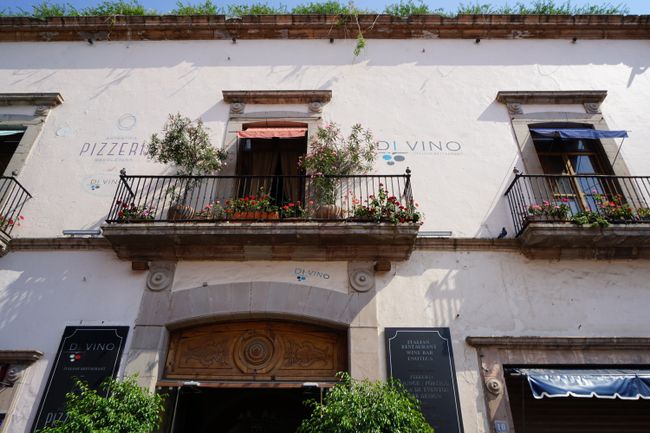
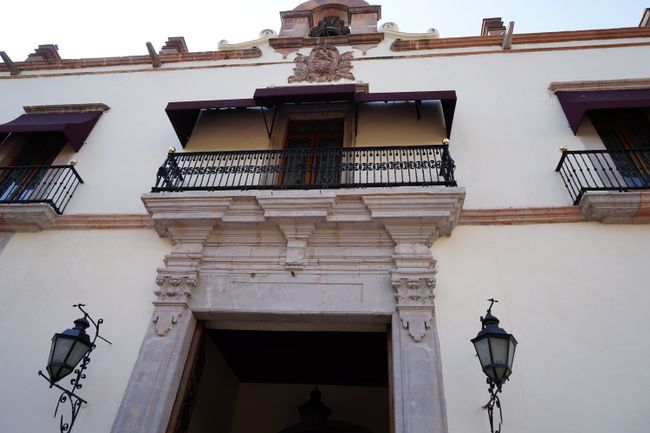
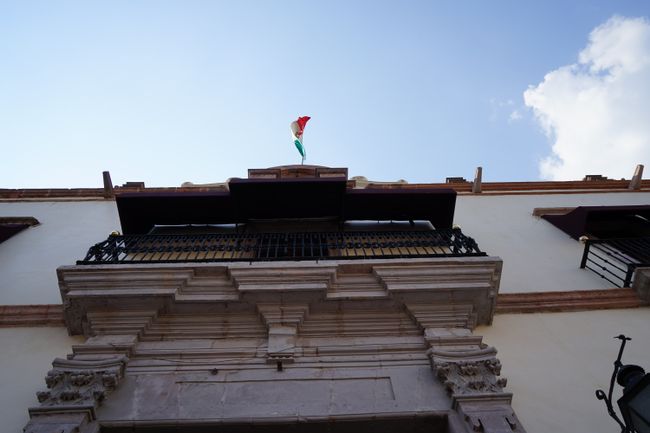
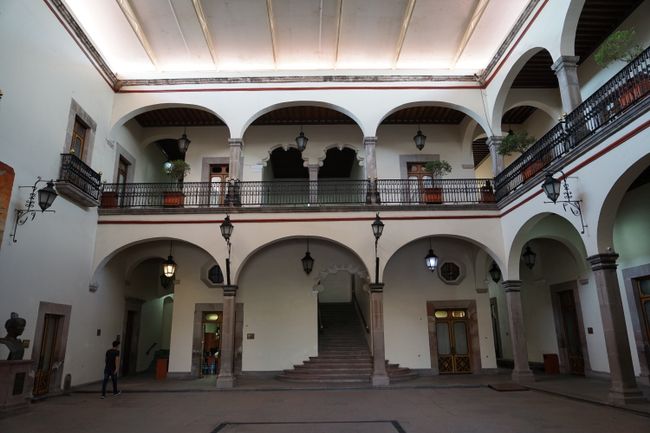
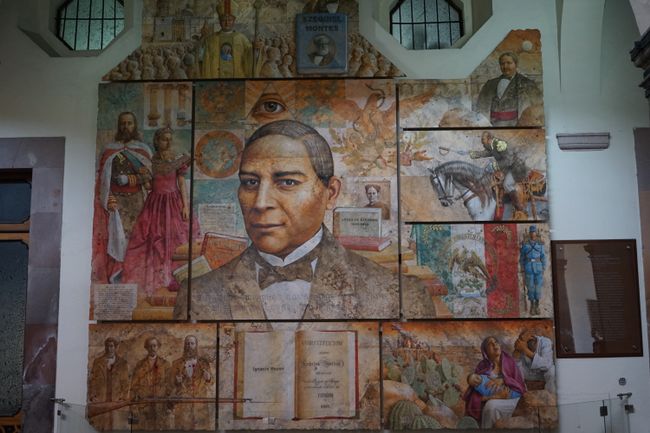
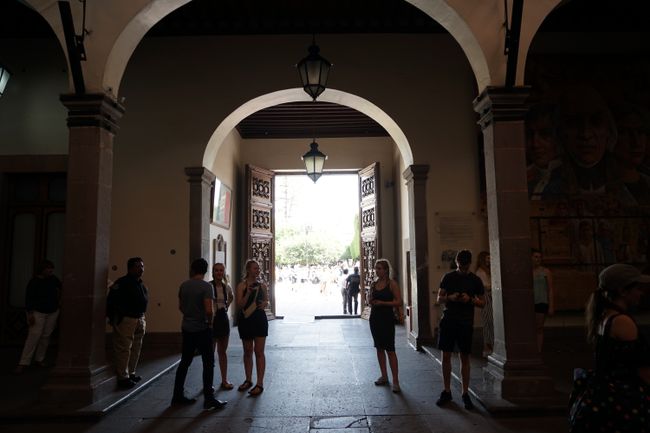
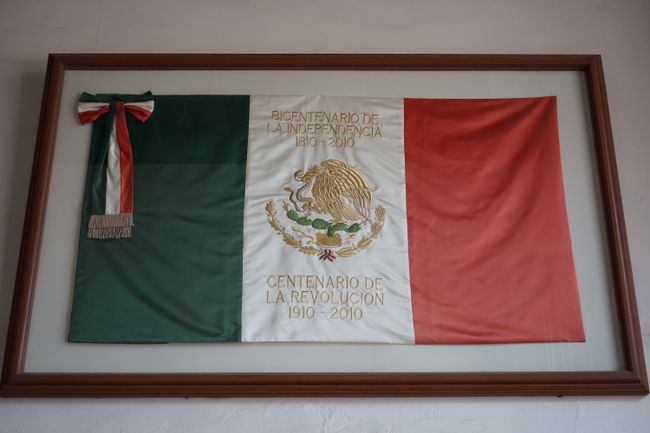
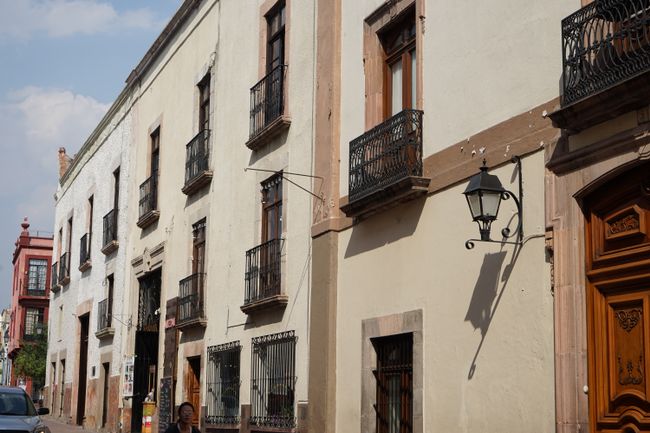
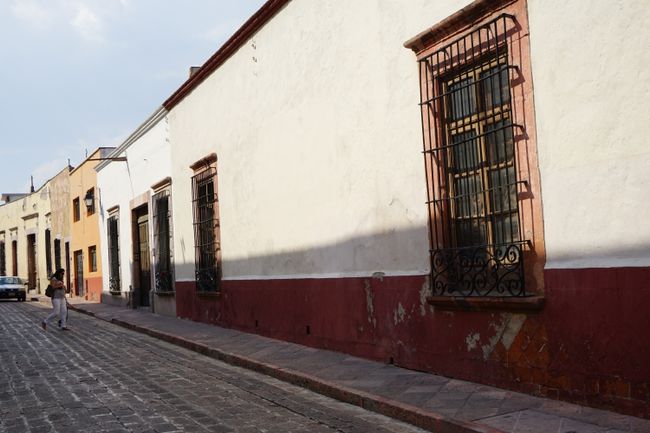
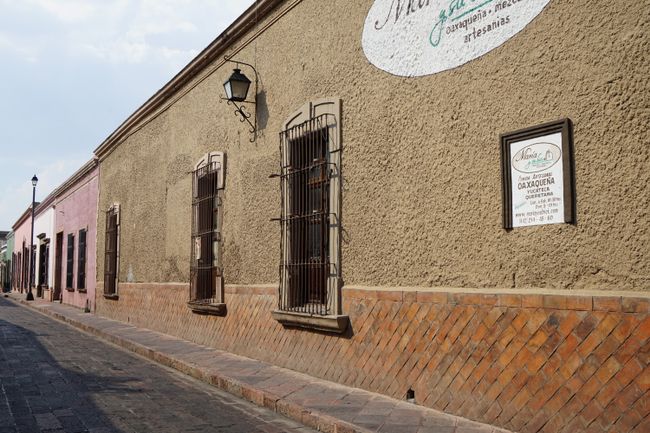
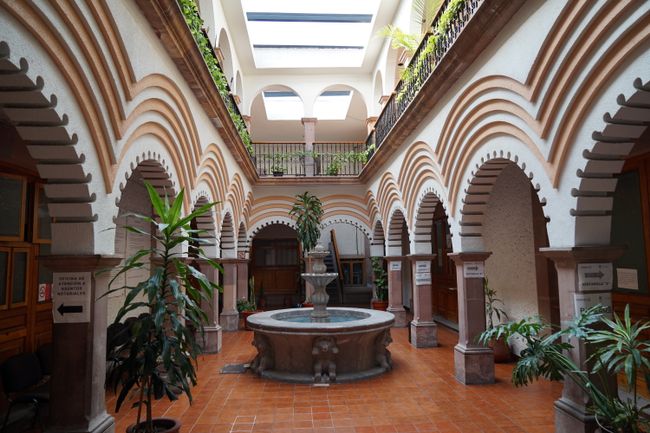
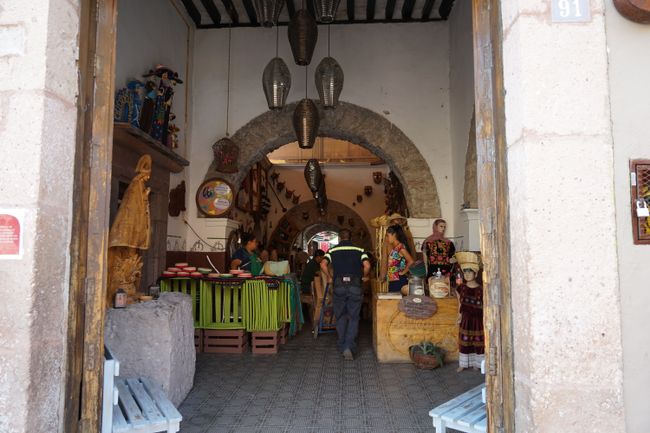
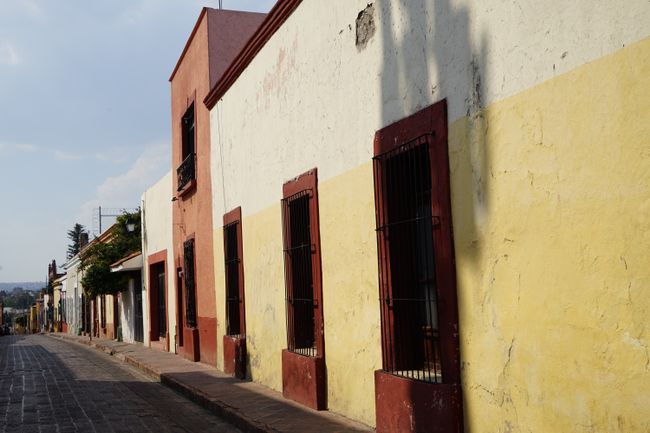
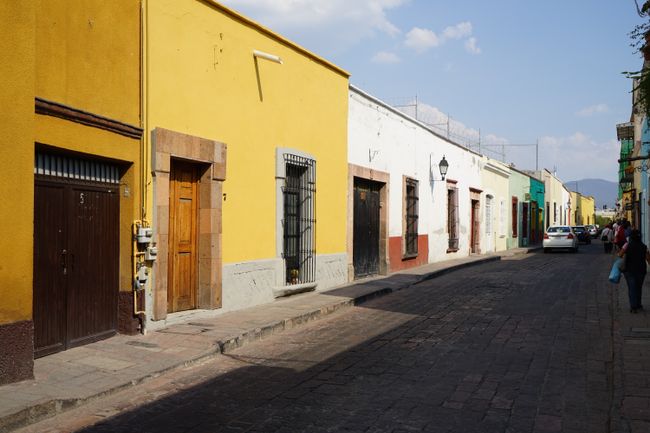
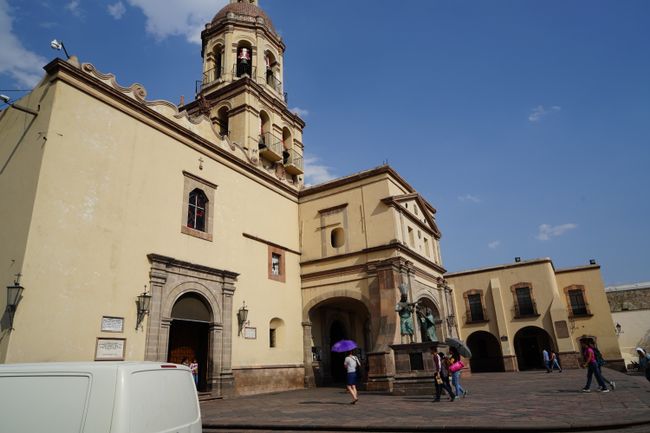
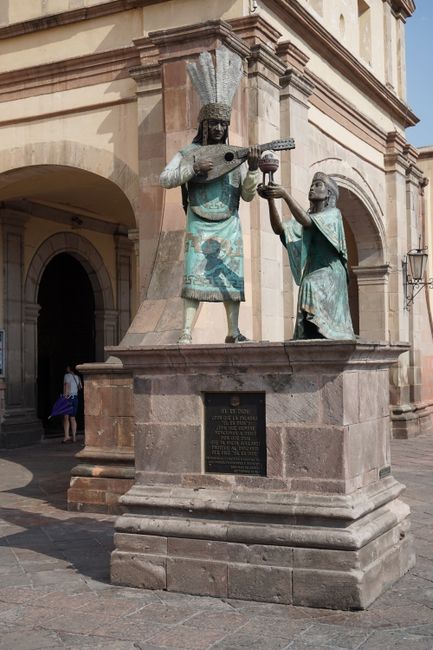
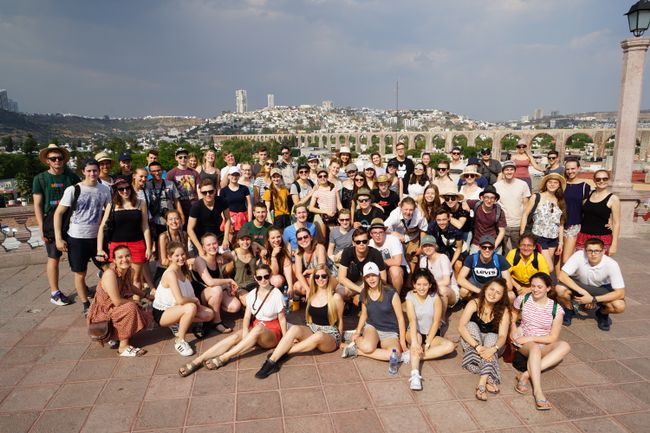
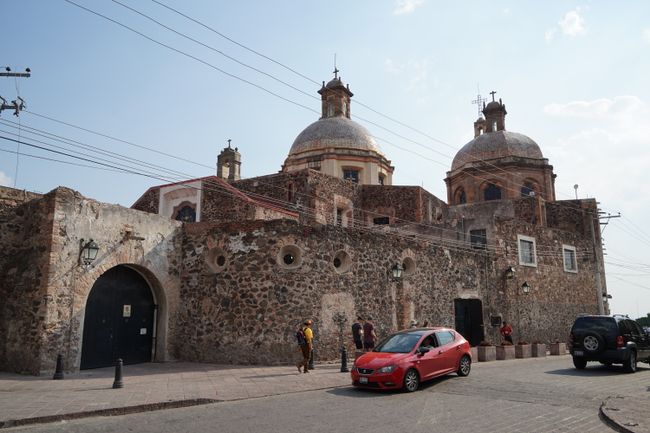
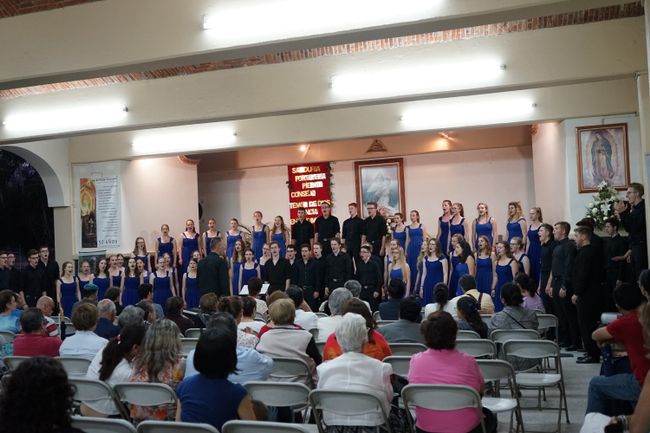
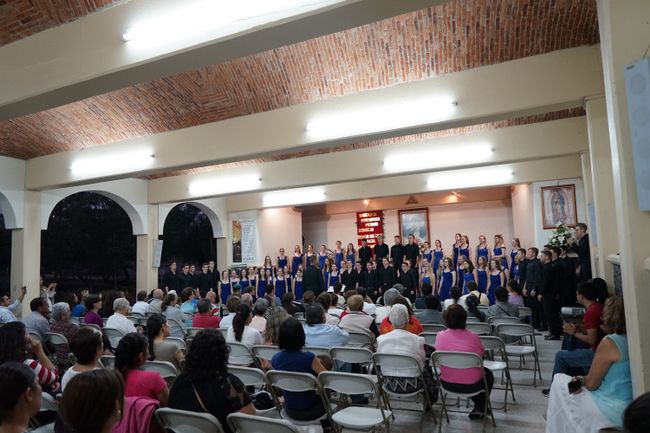
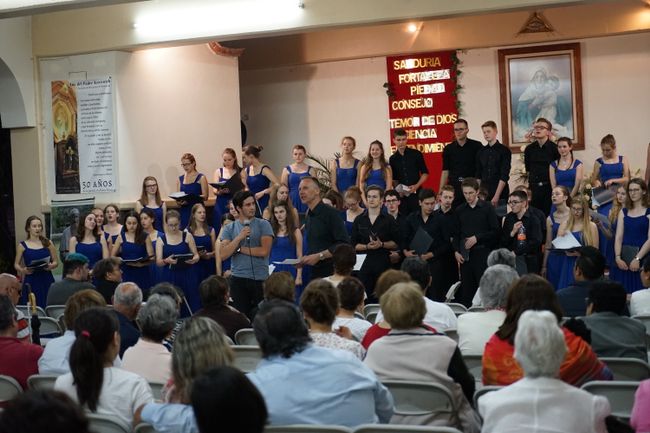
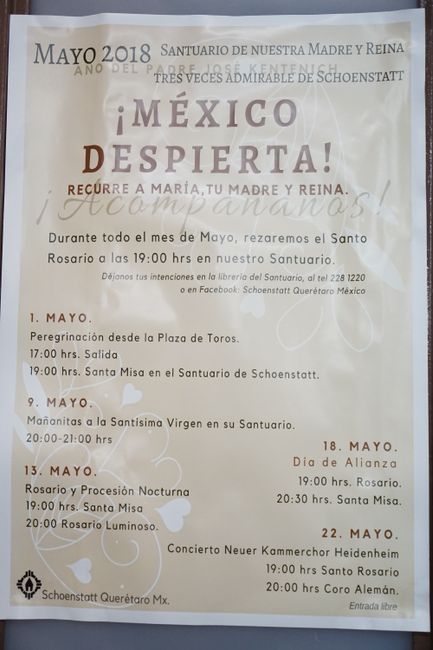
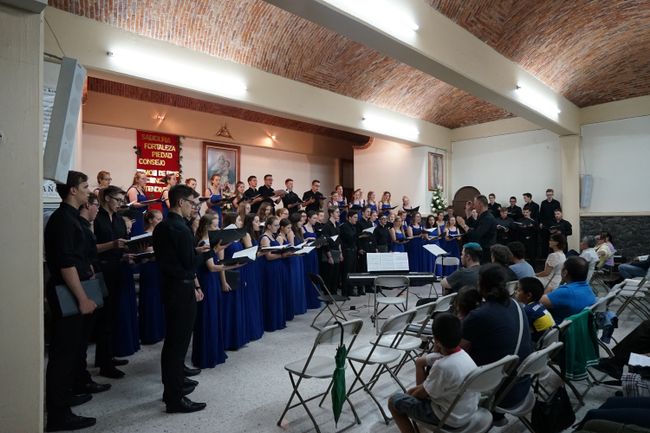
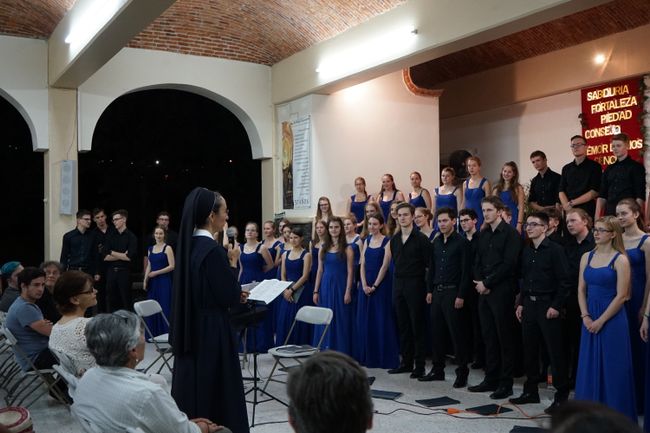
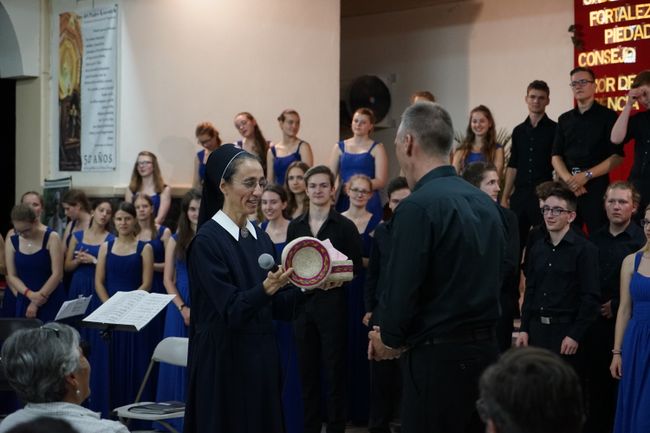
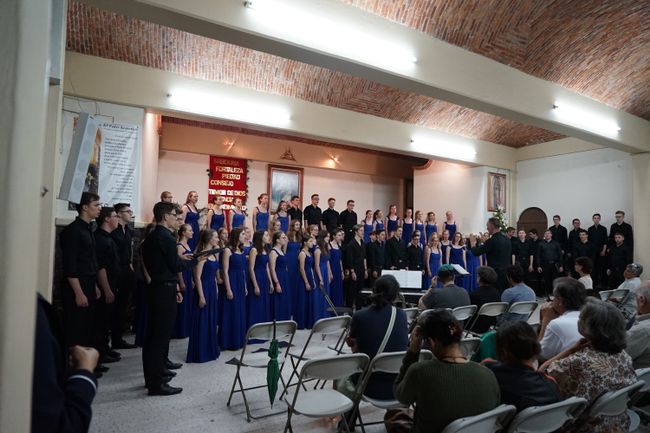
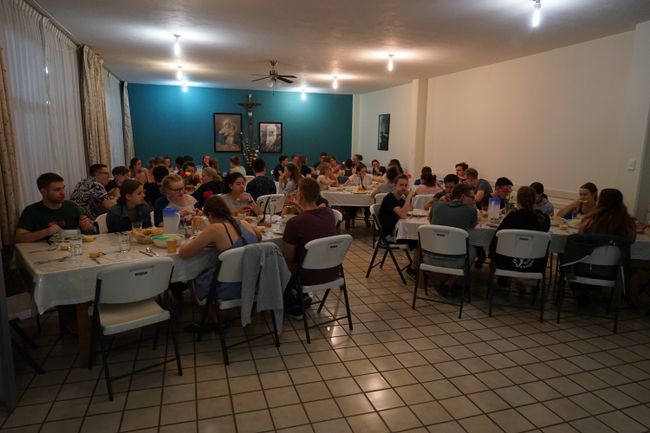
Abonu al Informilo
At 8:30 a.m., our new buses were ready to be packed. Half an hour later, it was time to say goodbye to Mexico City. We had a four-hour drive ahead of us to our destination Querétaro. After a 20-minute break, where we could stock up on water and something to eat, we continued at 12 p.m.
We arrived pretty much on time at our accommodation for the night - the pilgrimage site of the Schoenstatt Order in Querétaro - two hours later.
We were warmly welcomed by Sister Sandra and taken to our rooms. However, we had hardly any time to explore the guesthouse and the surroundings because at 3 p.m. we already headed to the old town of Querétaro.
Ivana joined us, who has been living in Mexico for about a year, and together with Pablo, who also joined us again, they would guide us through the city.
Before the tour started, everyone went in search of food. On the bus, Ivana warned us about the greasy Mexican tacos and unwashed fruit, as otherwise we could suffer from 'Montezuma's Revenge' :)
After a good meal, everyone gathered at 4:15 p.m. The tour of the old town started from there. Ivana told us that Querétaro is the 4th safest city in all of Mexico and is also considered one of the cleanest and most beautiful.
Furthermore, it is part of the UNESCO World Heritage cities.
Currently, around 1 million people live in Querétaro. It is estimated that about 40 families move to Querétaro daily because other big cities like Mexico City have a high risk of earthquakes and crime. The city is attractive because of its safety and beauty, which also leads to a relatively high foreigner rate and attracts international companies to Querétaro.
In the past, the Toltecs, who left behind pyramids similar to the Aztecs, lived here. However, these pyramids were much smaller and less impressive. They were primarily used by the Toltecs to study the stars precisely in order to benefit their agriculture.
Querétaro's soil was also rich in resources such as mercury and quartz, which, among other things, was a reason for the Spanish conquest of Mexico, as they were also in search of resources.
As the conquest began here in Querétaro, the city also marked its end. The revolution started here in 1810 because the population in Querétaro was hit hardest by the poverty that prevailed in the country. Since the declaration of independence in 1821, the revolution has been celebrated here every year on September 6th. Hundreds of people gather in front of the government palace, all waiting for the governor to appear on the balcony of the palace and shout 'Viva la Mexico' to the crowd. The people respond with 'Viva', the 'Cry of the Revolution'.
We were able to walk through the many small streets for about two hours and convince ourselves of the beauty of Querétaro. Everywhere there were colorful colors, small shops, and decorated houses, making it difficult to decide where to look first.
After of course, a group photo was taken here as well, Miguel and Caesar picked us up again and took us back to Schoenstatt.
After a half-hour break, we met again for the dress rehearsal.
After now singing the more or less the same program for over four concerts, we decided to dig out something older from our repertoire this time.
For example, we also sang 'Agnus Dei' by Michael Benning, a composer from our own ranks :) But also 'Genuit puerpera' by Giovanni Bonato and 'Lux Aurumque' by Eric Whitacre, which always convince with the choir's circular arrangement and the resulting fascinating listening experience, found their way into the program.
The audience here also demanded an encore with standing ovations, and we decided on 'Didn't my Lord deliver Daniel'. When the request came to sing something in German, we sang the folk song 'Jetzt gang I ans Brünnele'.
After the concert, there was a chicken soup with various additions, bread, and fruit. Since the concert didn't start until 8 p.m., it got quite late as we finished eating. Most people quickly disappeared to their rooms to be fit for the next day.
Abonu al Informilo
Respondu
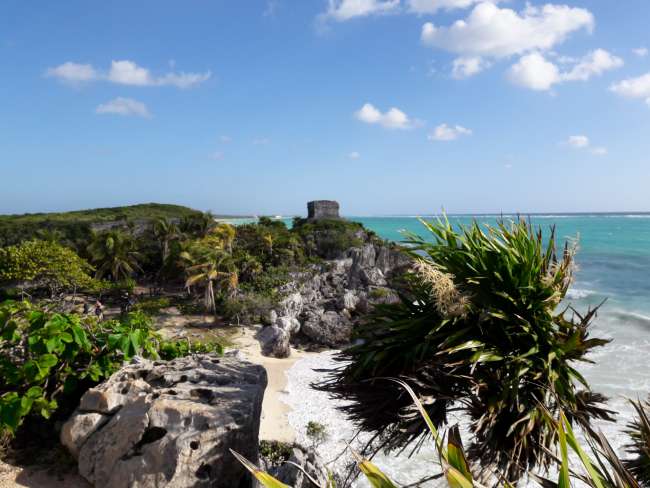
Vojaĝraportoj Meksiko
